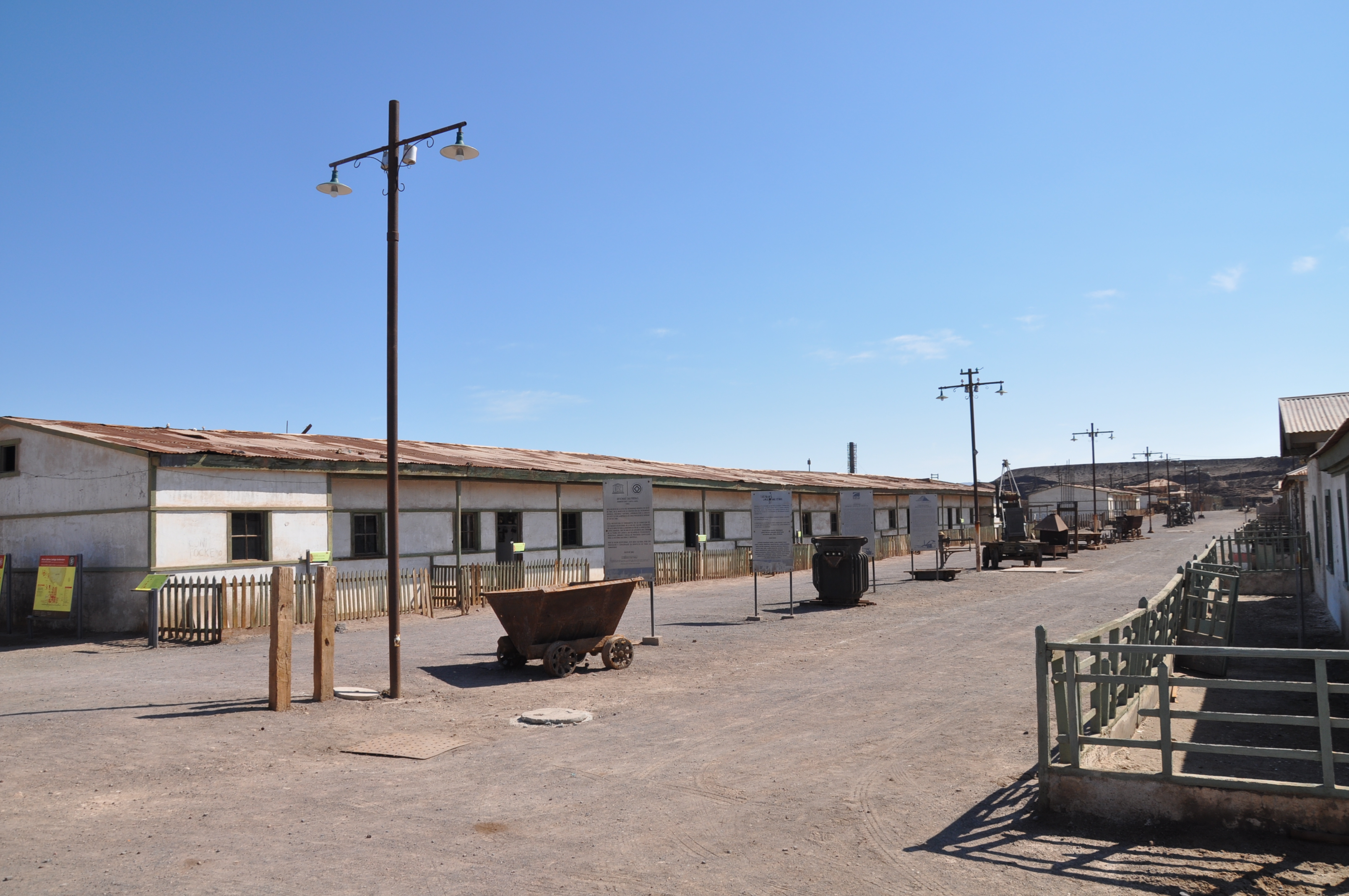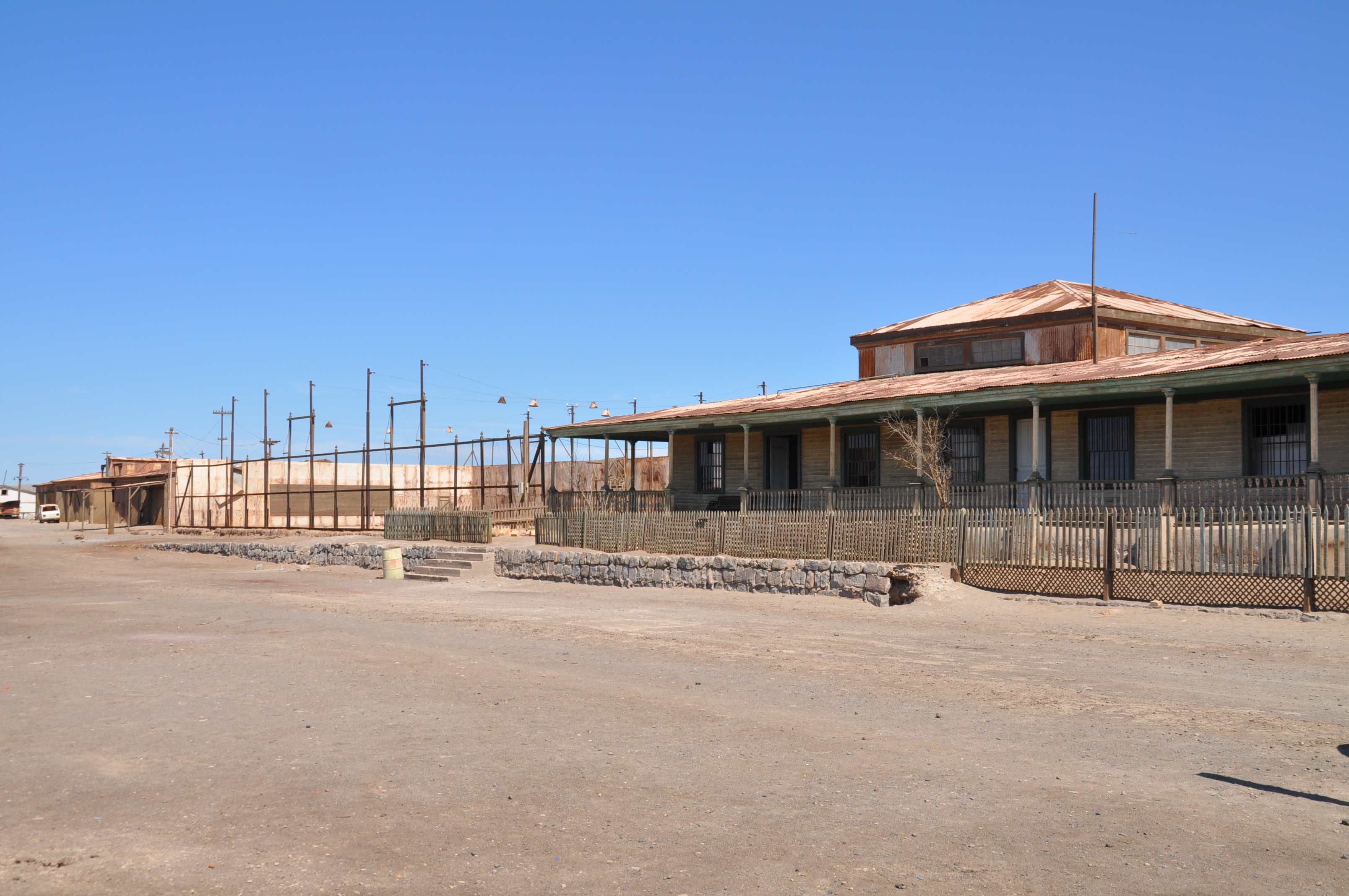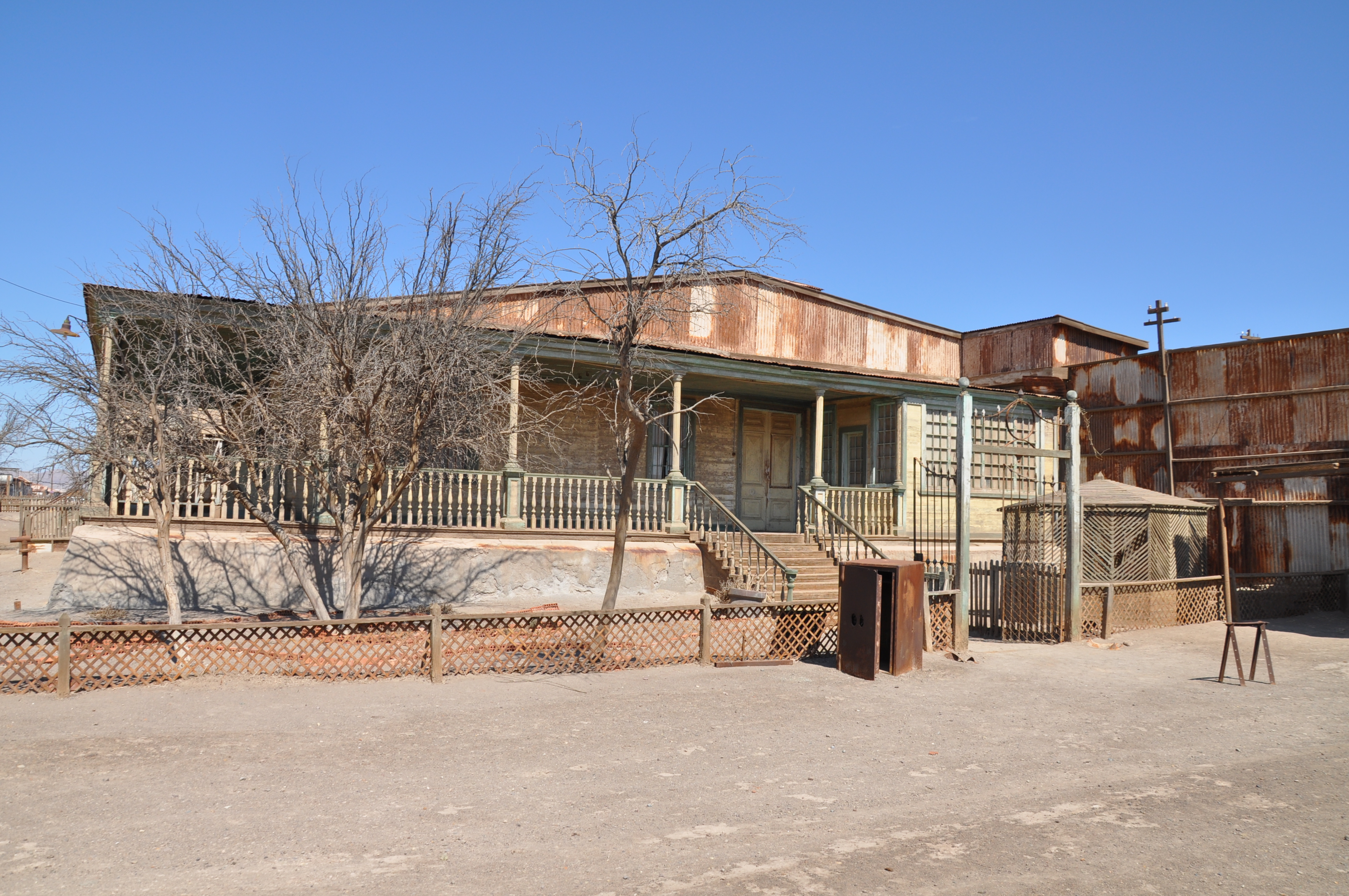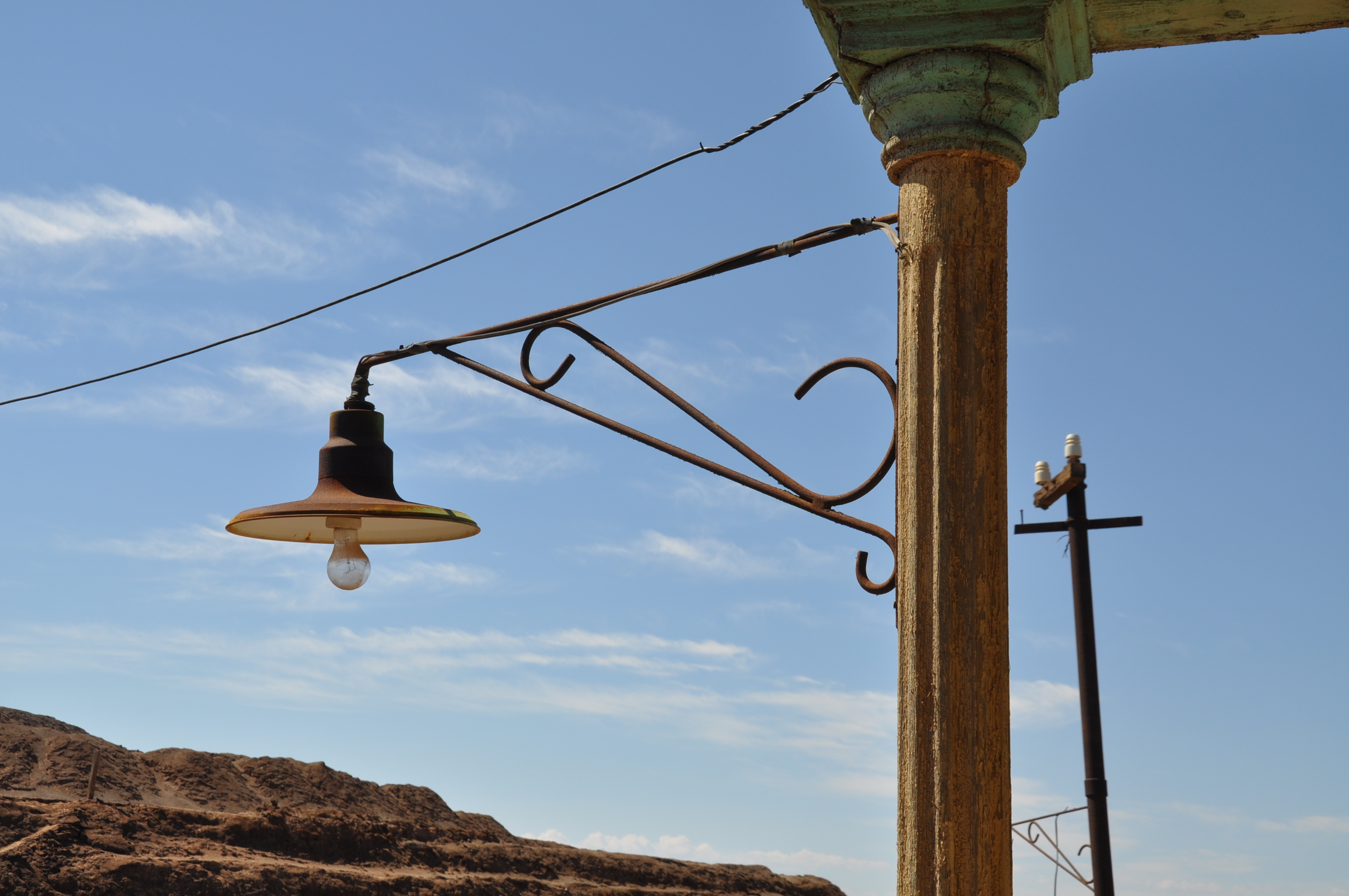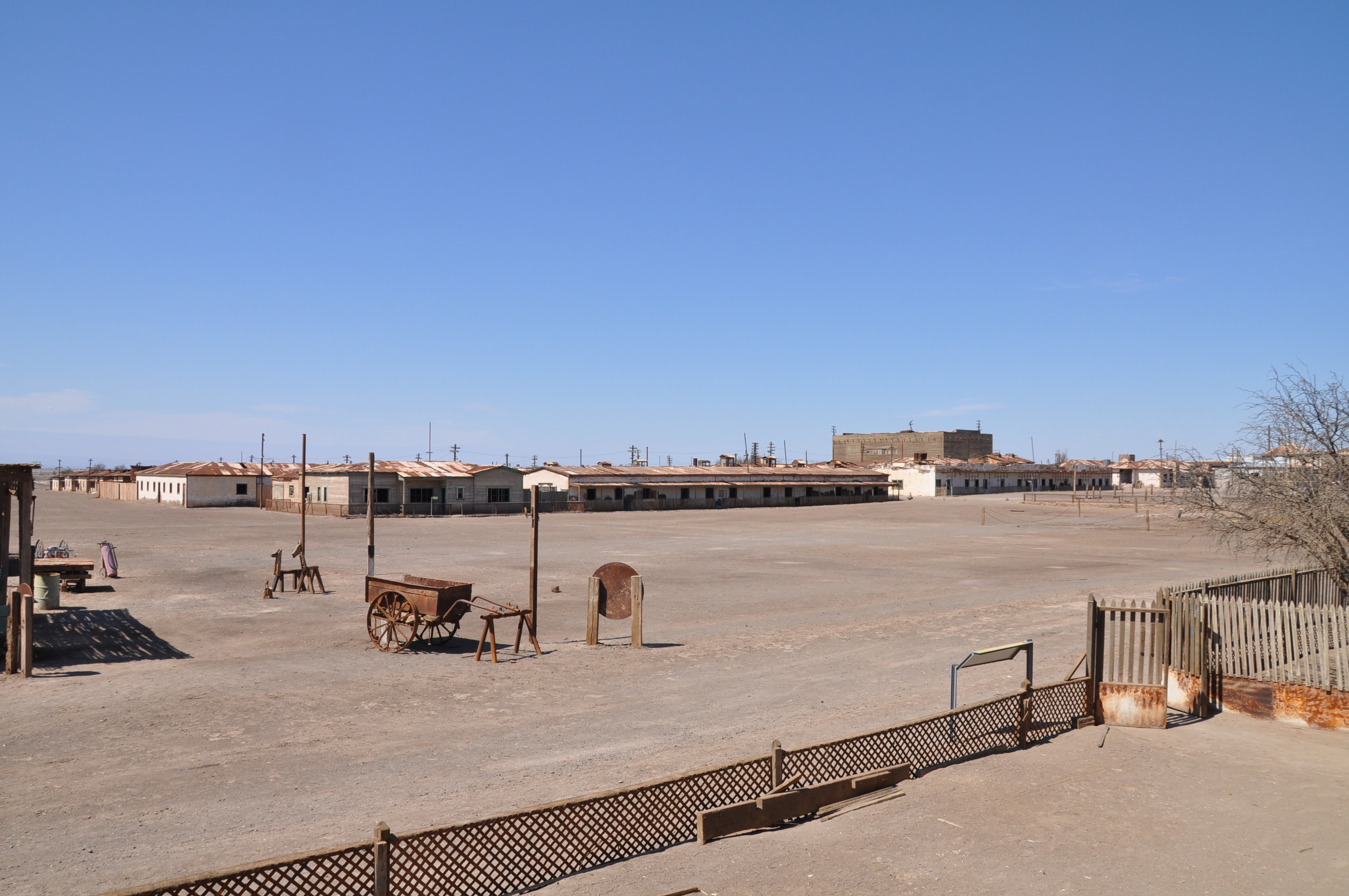Living in Humberstone
The work required skilled workers. People lived significant parts of their lives in Humberstone. The town provided a full infrastructure. Even though secluded, and relatively small with 1000- 3500 inhabitants, there were apparently tensions. In Iquique, some passer-by told me during a chat that at some point of time, the management of the work had employed its own currency in form of plastic chips. People could use them to buy services and goods in the town. The “exchange rate” was determined by the management. This triggered some uprisings and demonstrations as people demanded to be paid in regular currency. The plastic money was eventually abandoned.
Dwellings
The social hierarchies were reflected in the layout of the adjourning town. There were quarters for low ranging workers, single workers, married workers, prominent workers, employees, married employees, and a bit secluded, the houses for the engineers and the plant management.
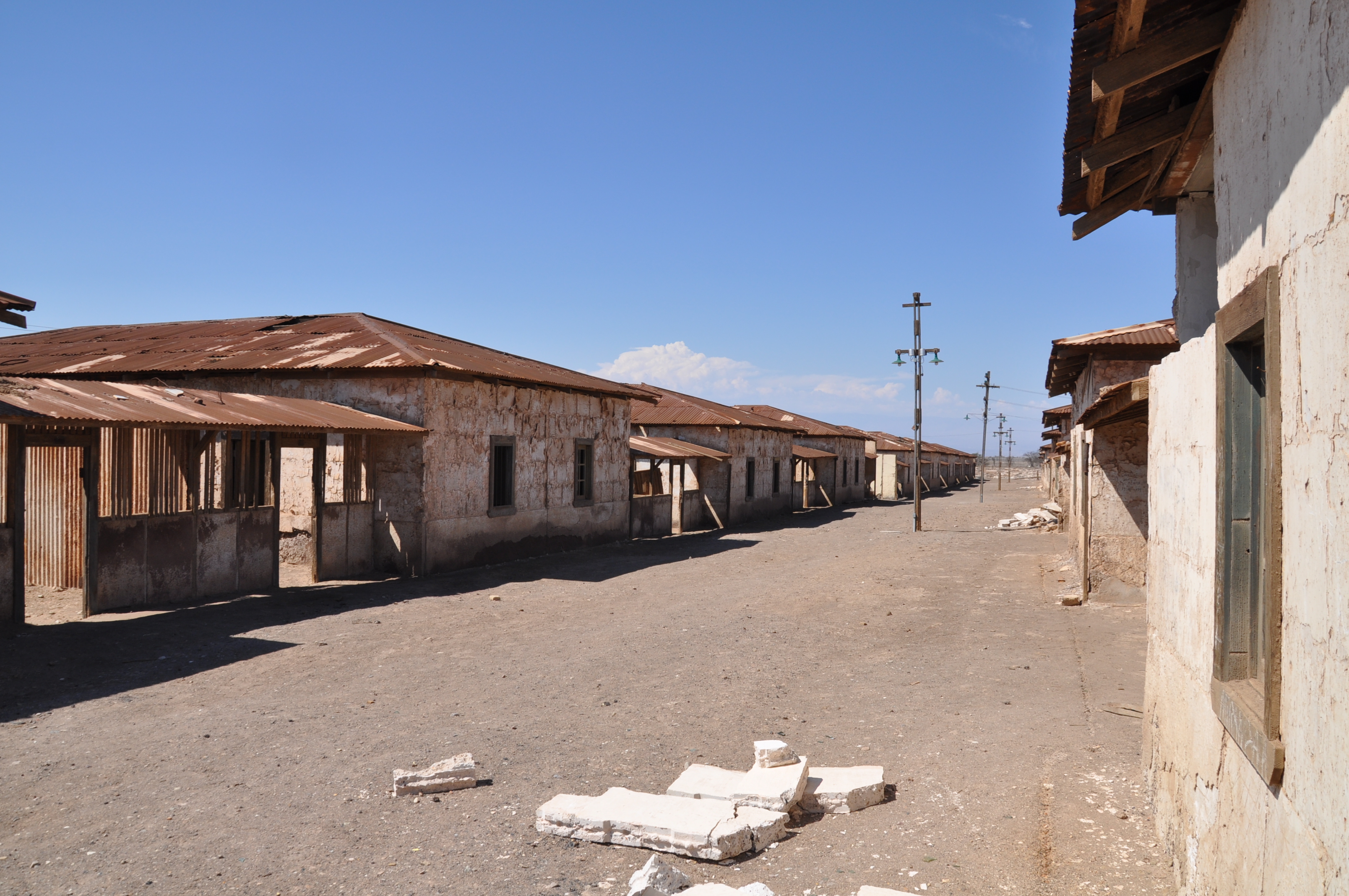
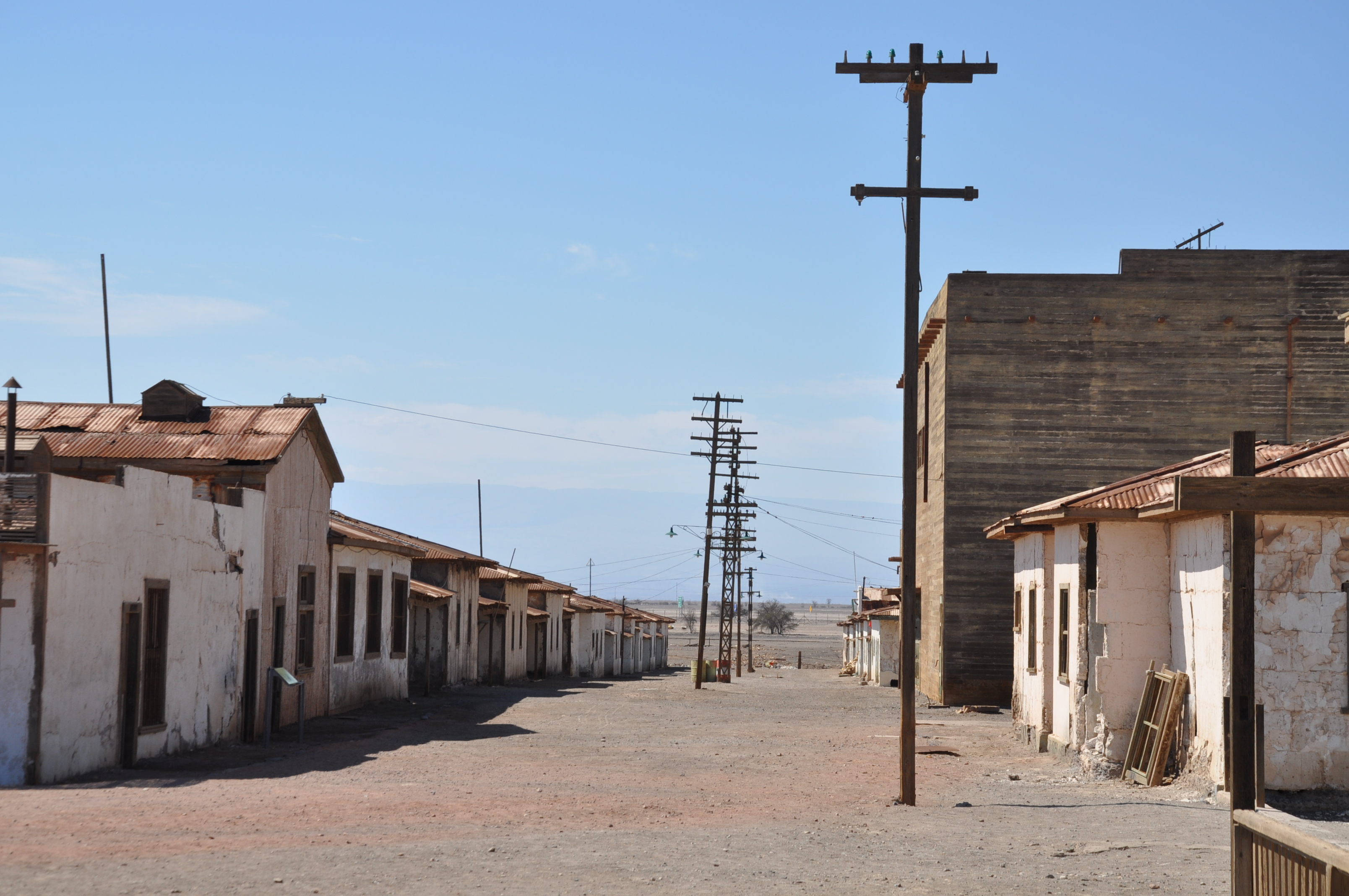
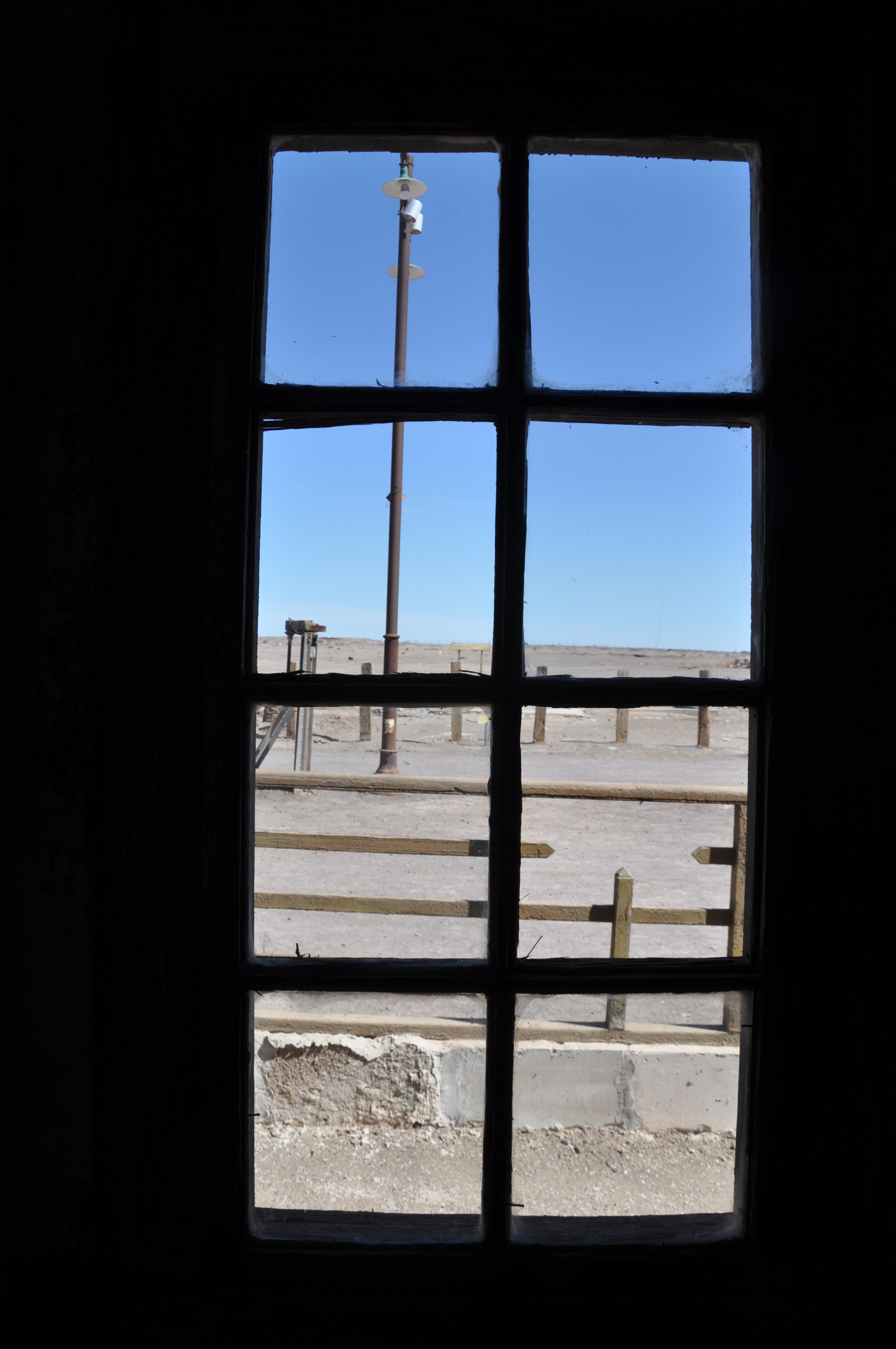
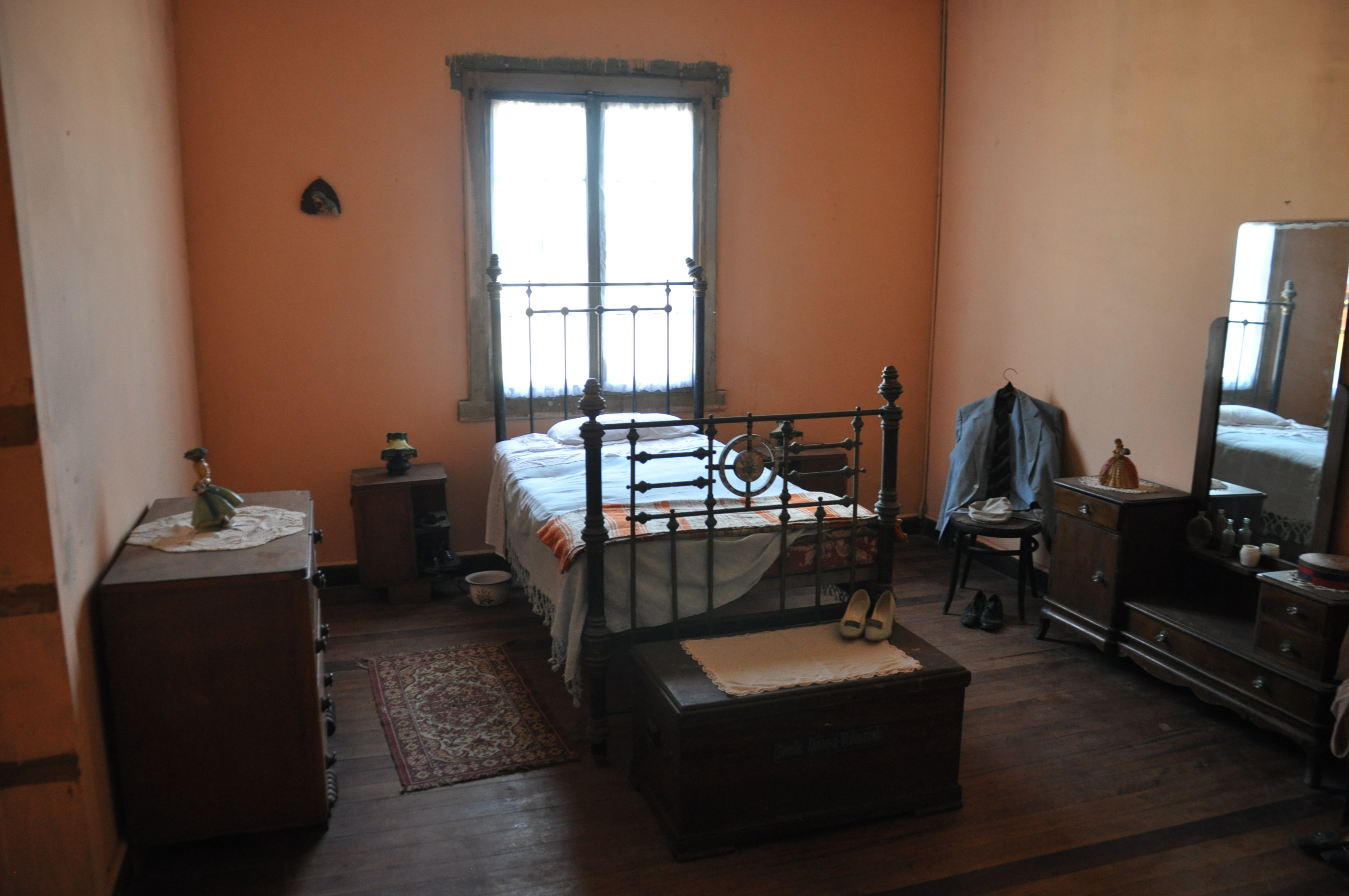
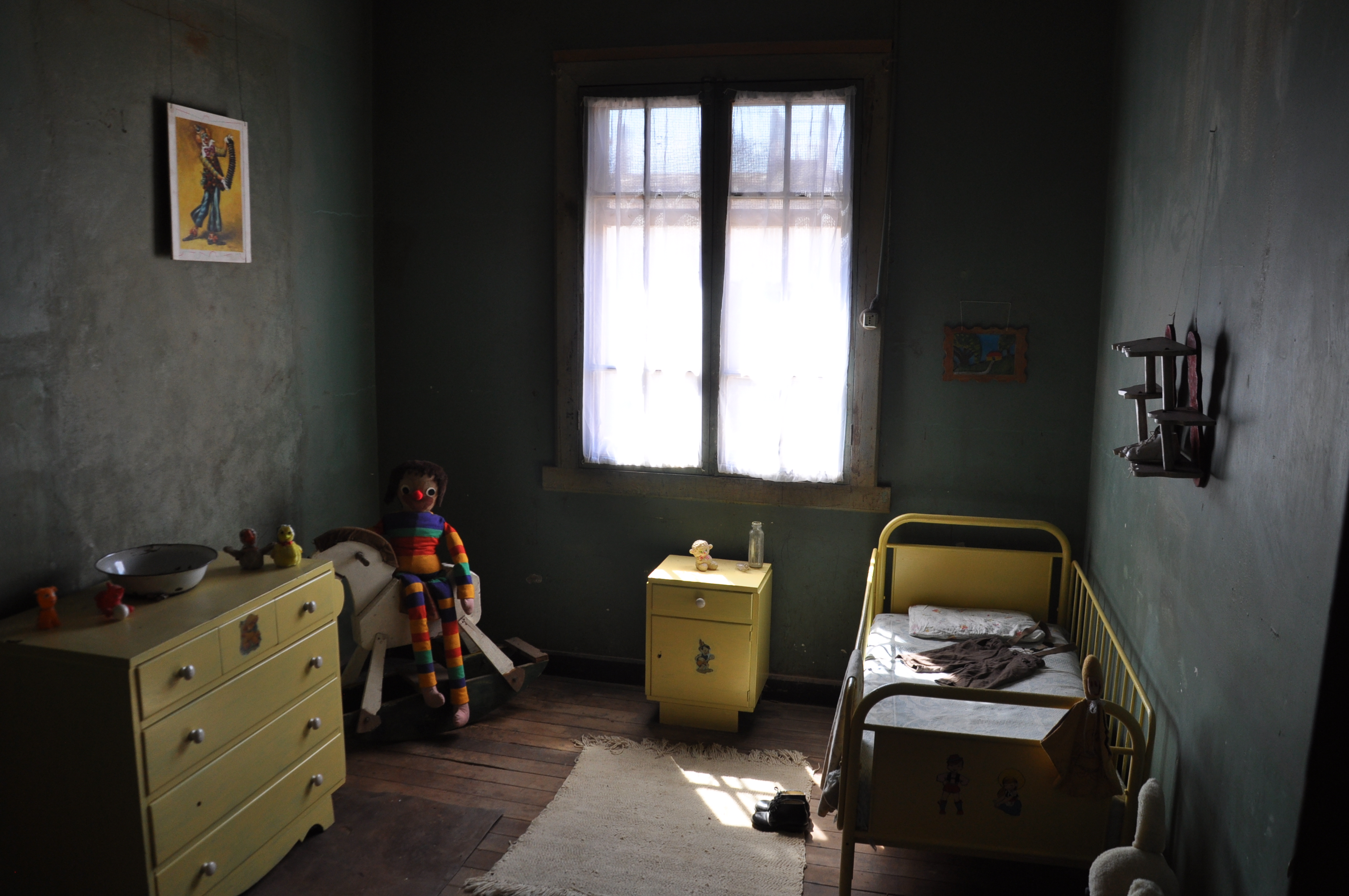
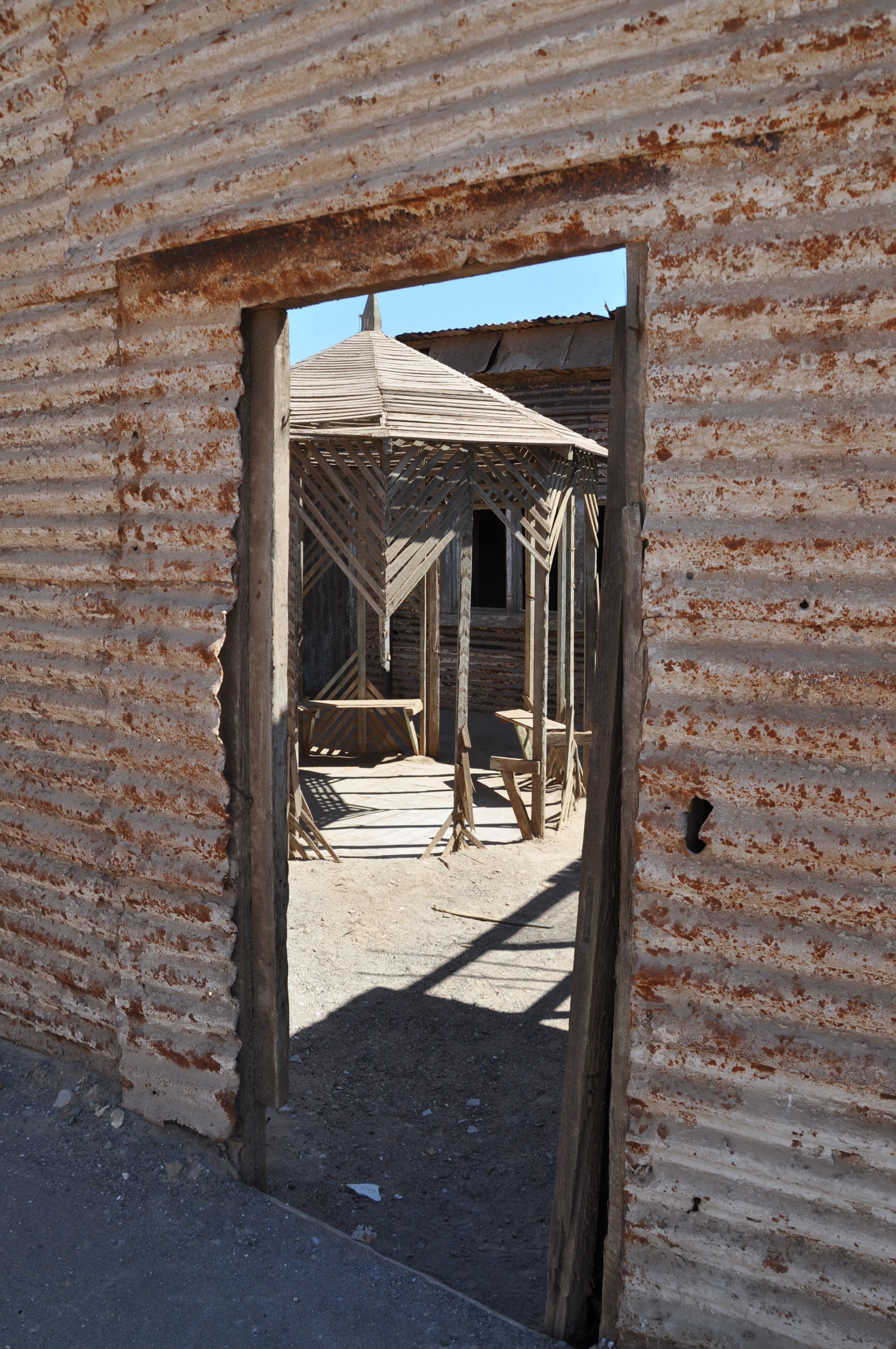
The Church
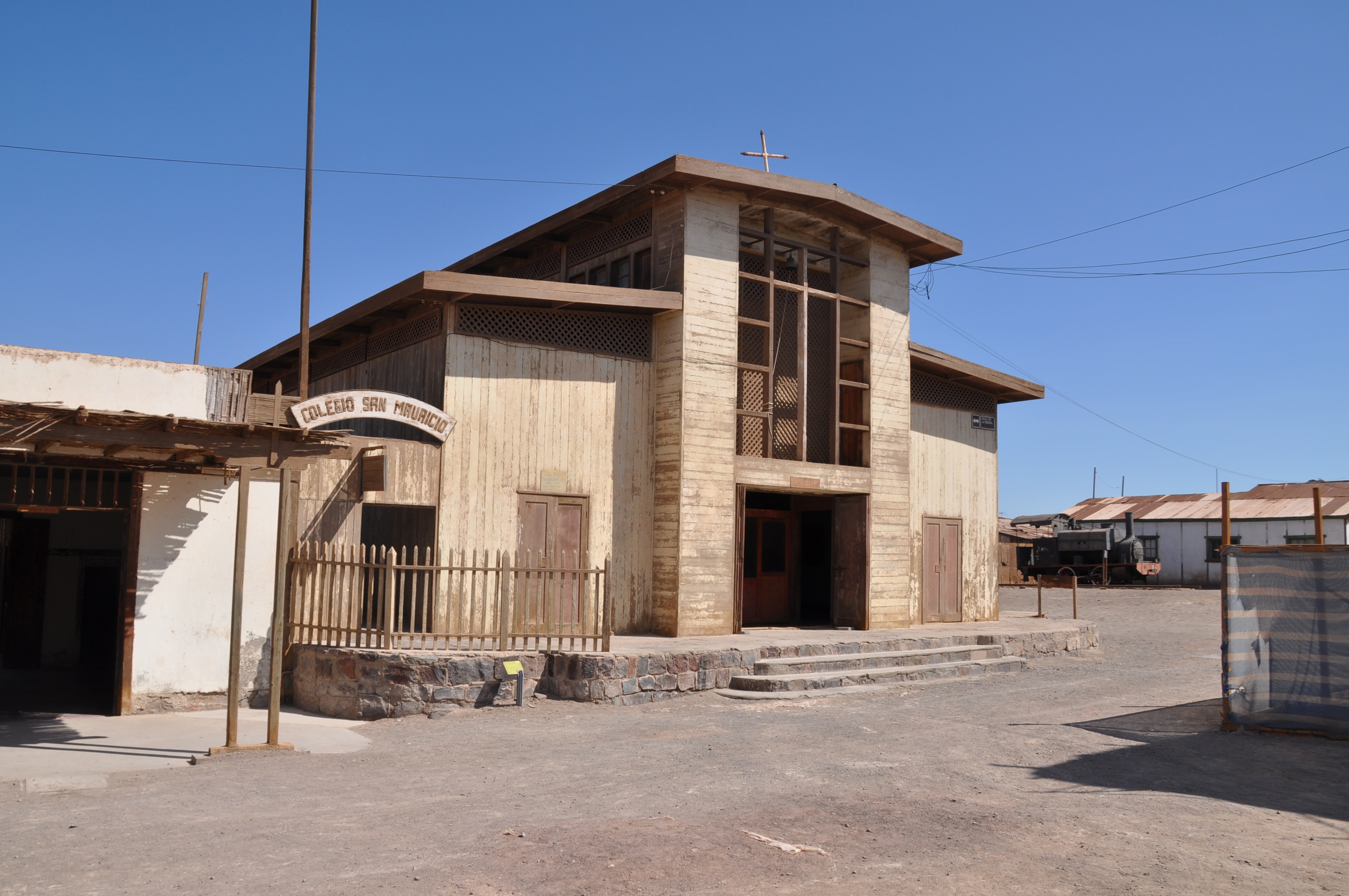
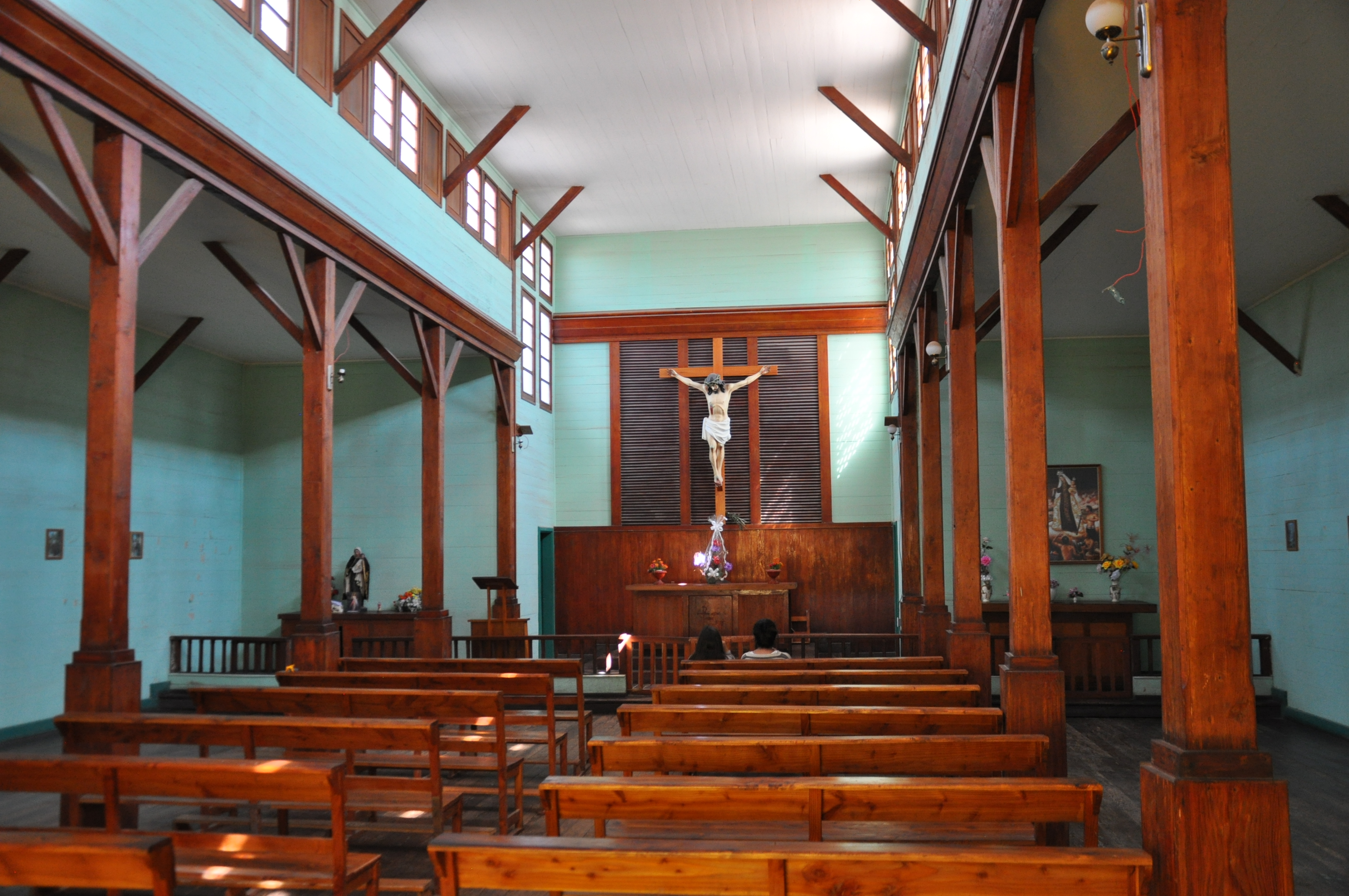
The Theatre
The Theatre was a relatively late addition in the early 1940’s. Not only shows but also films were presented here.
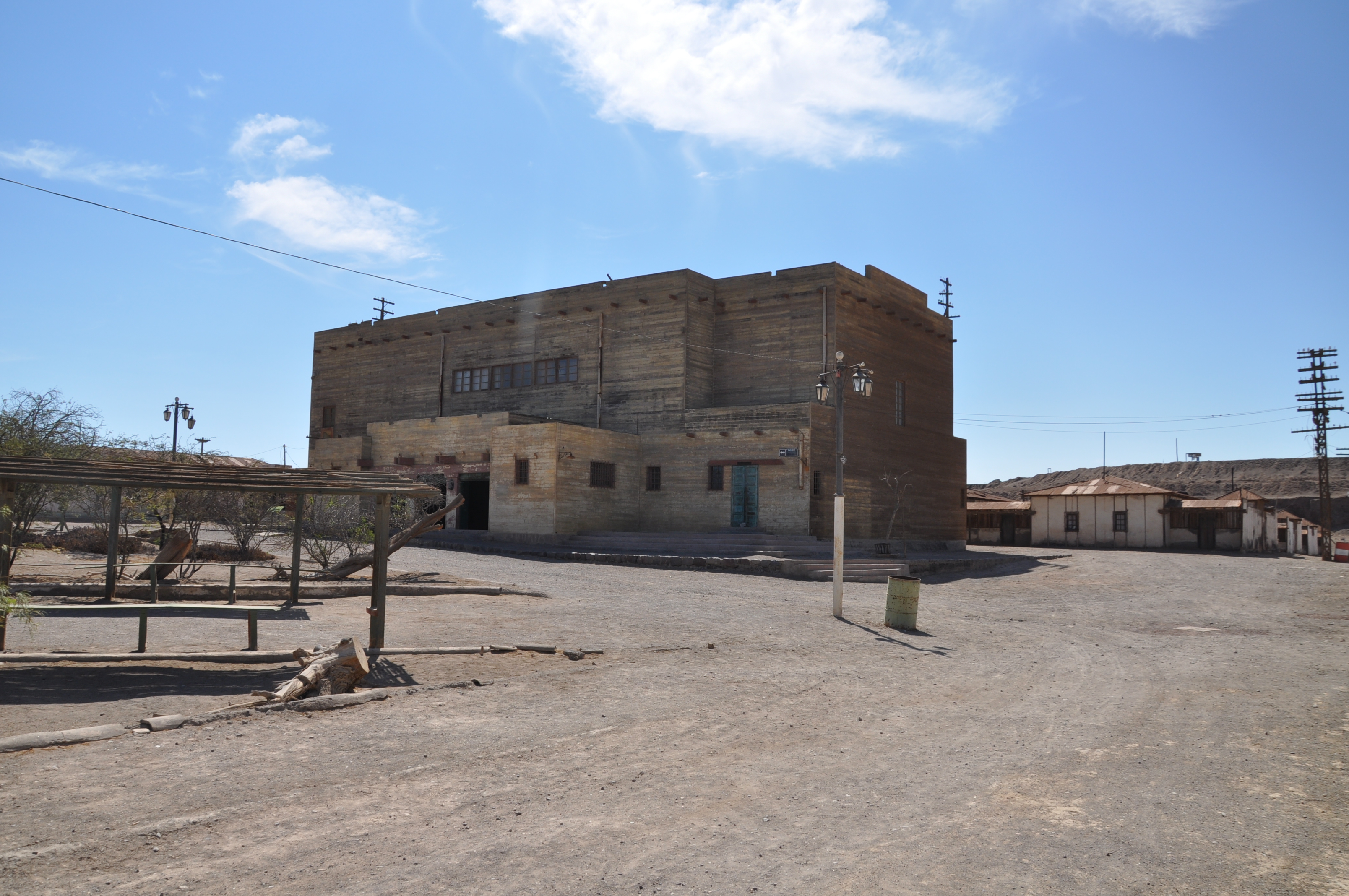
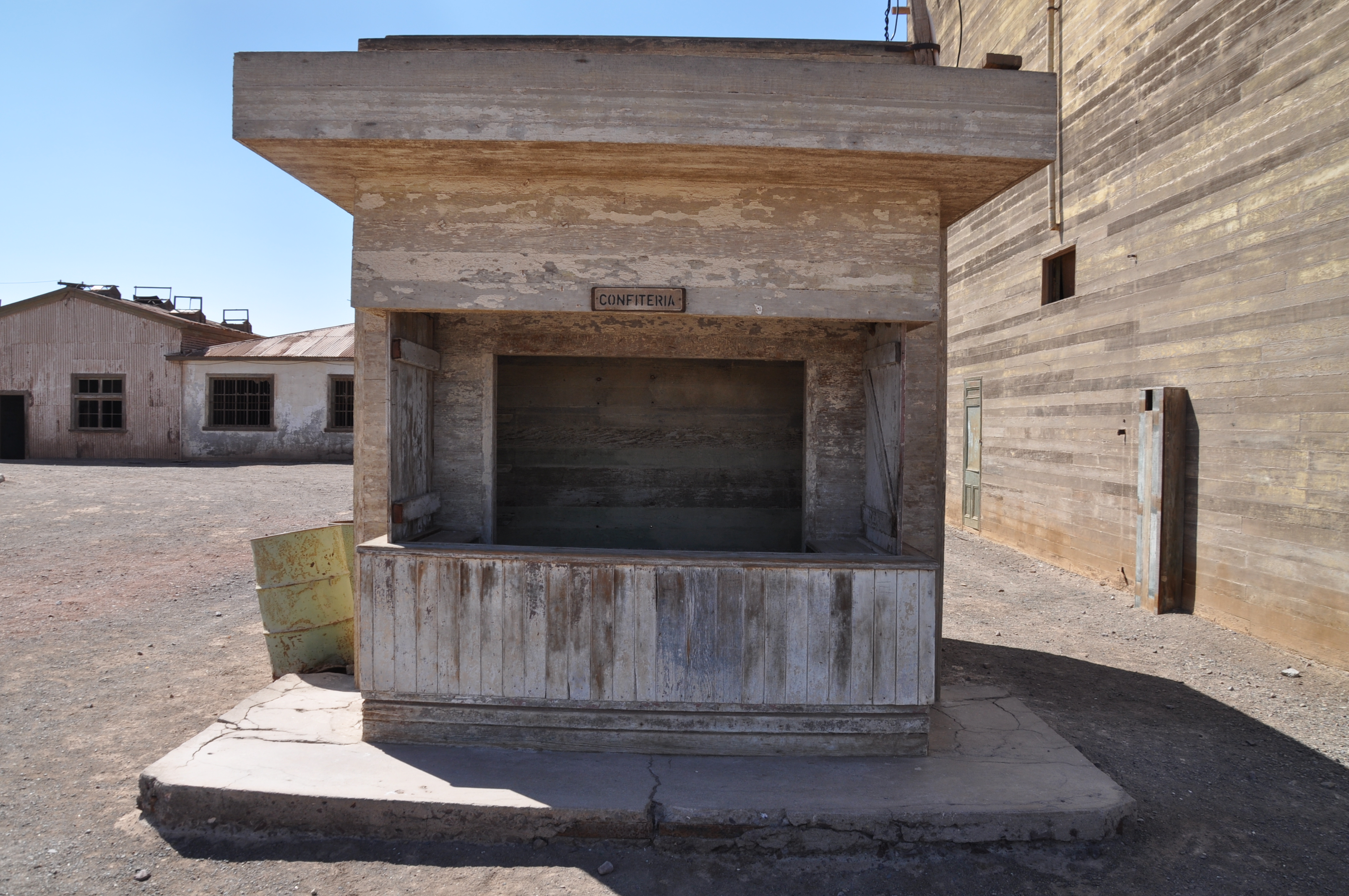
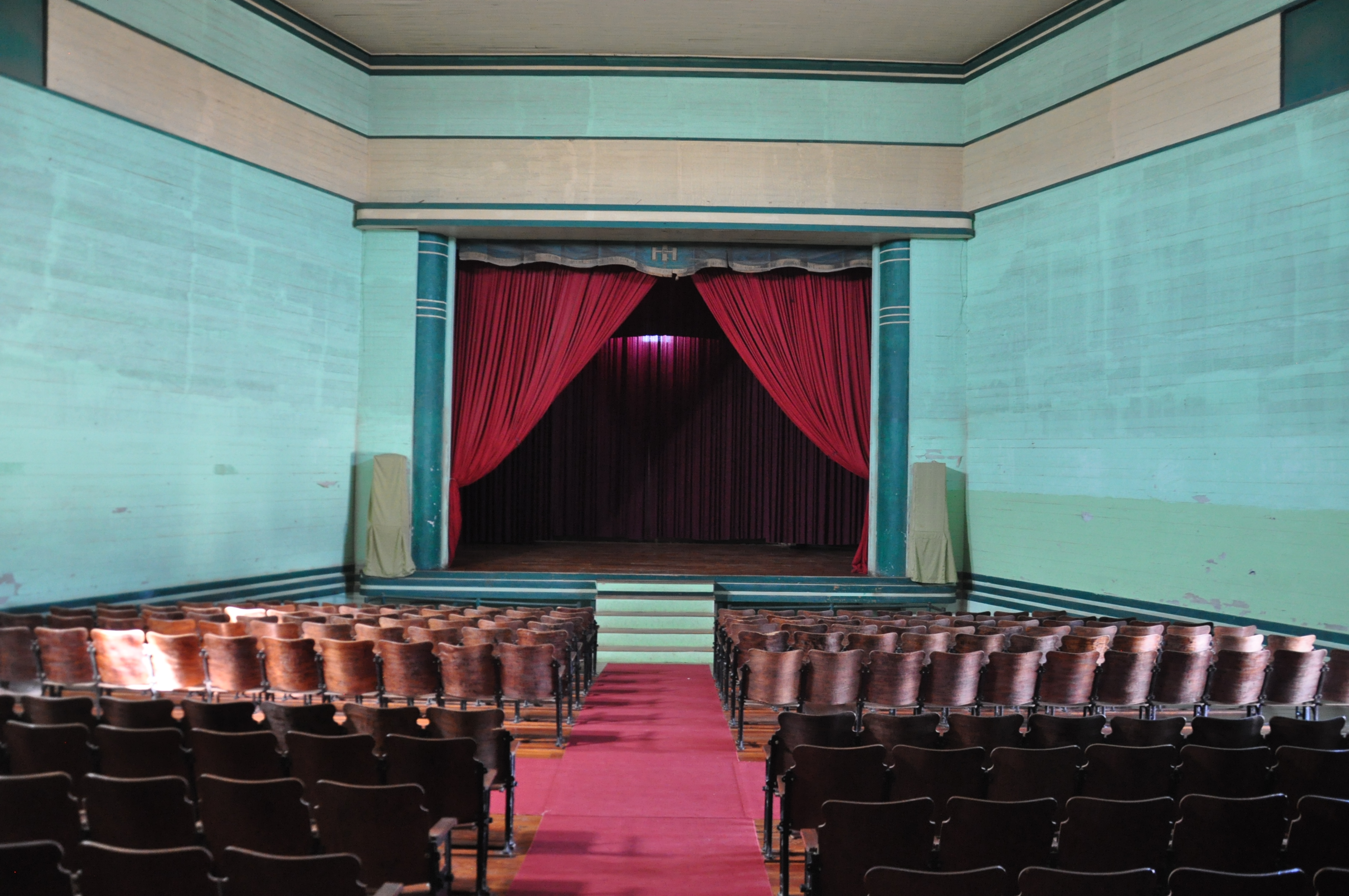
The Central Plaza of the Town & Market
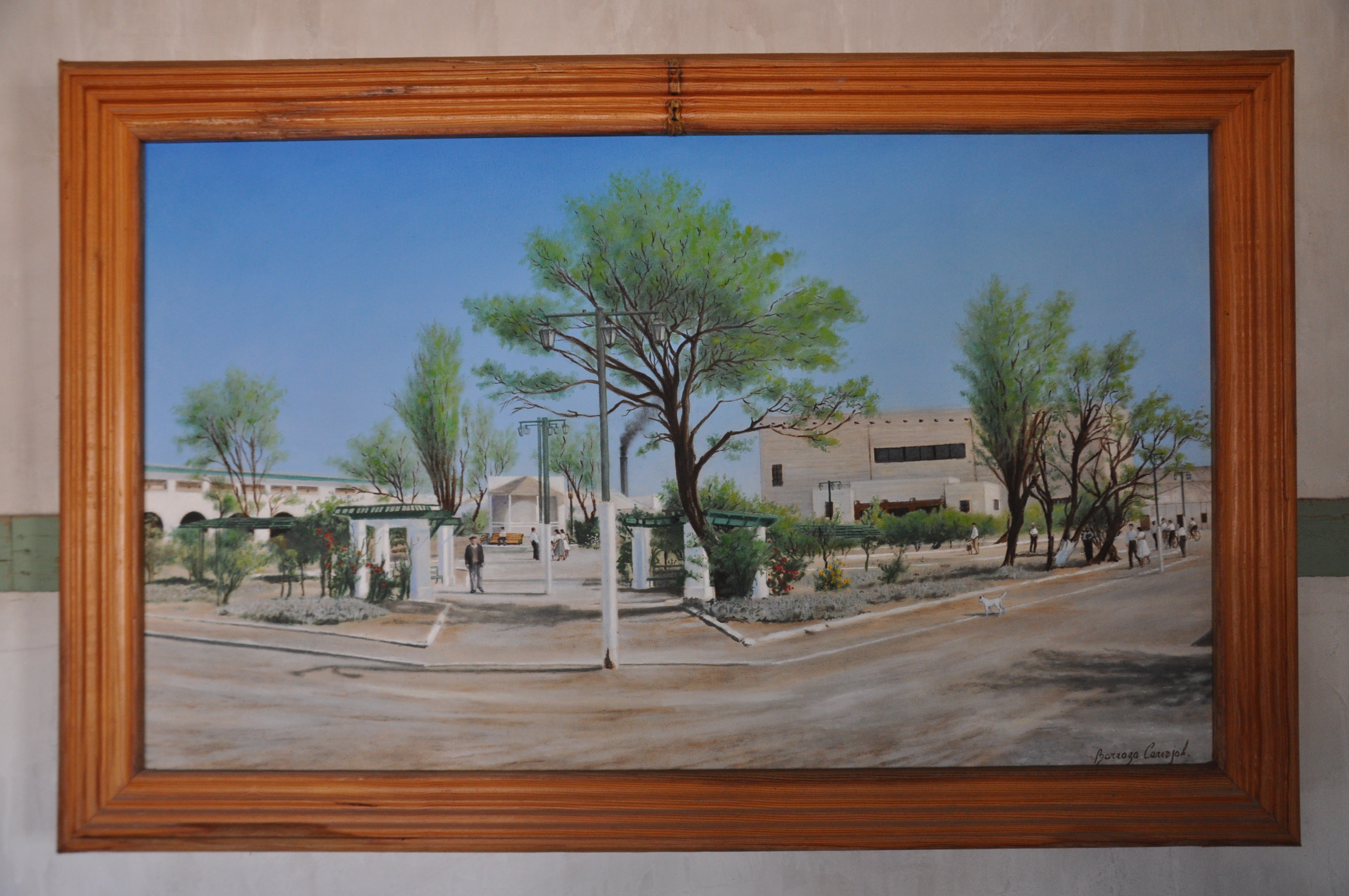
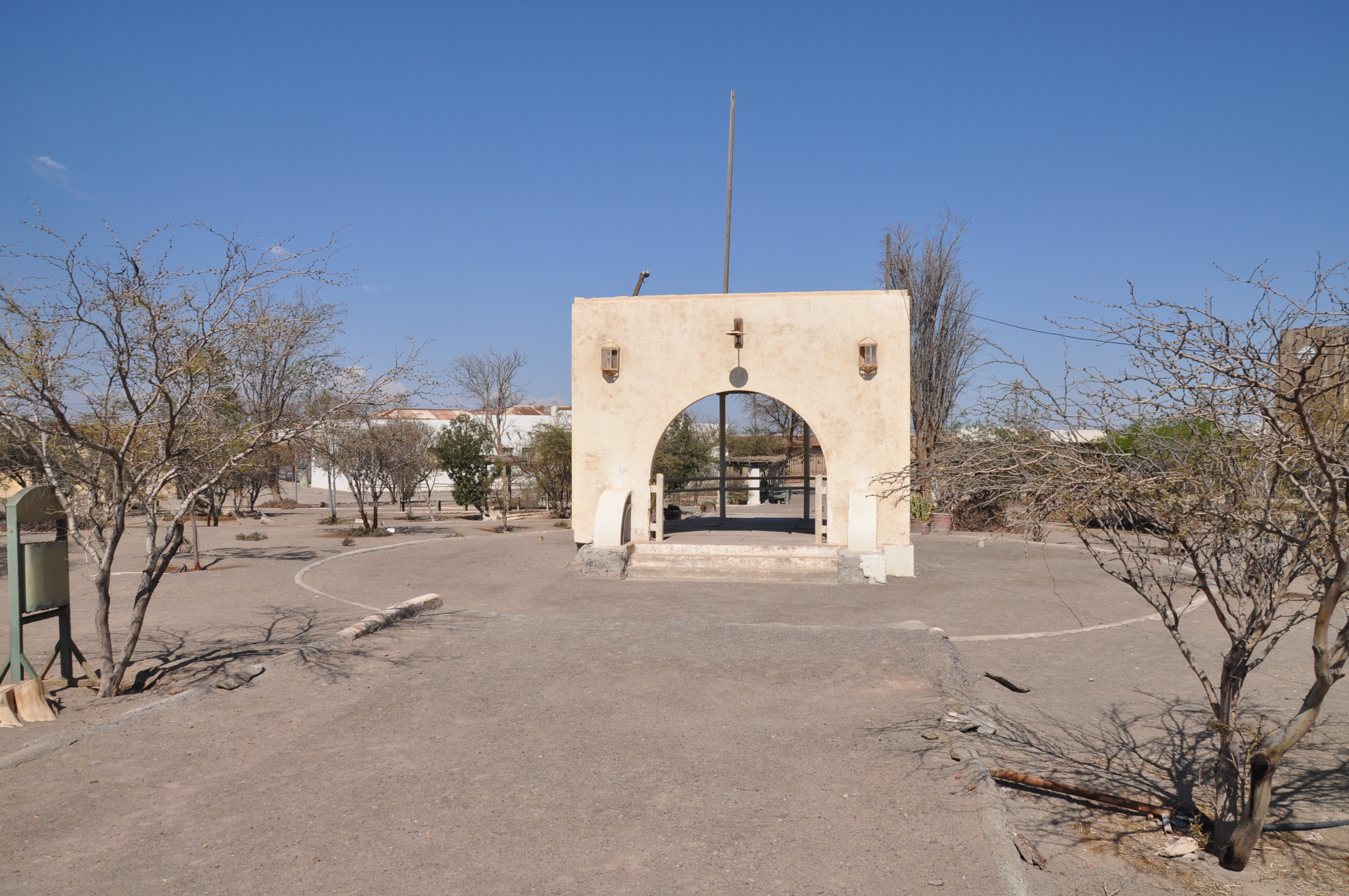
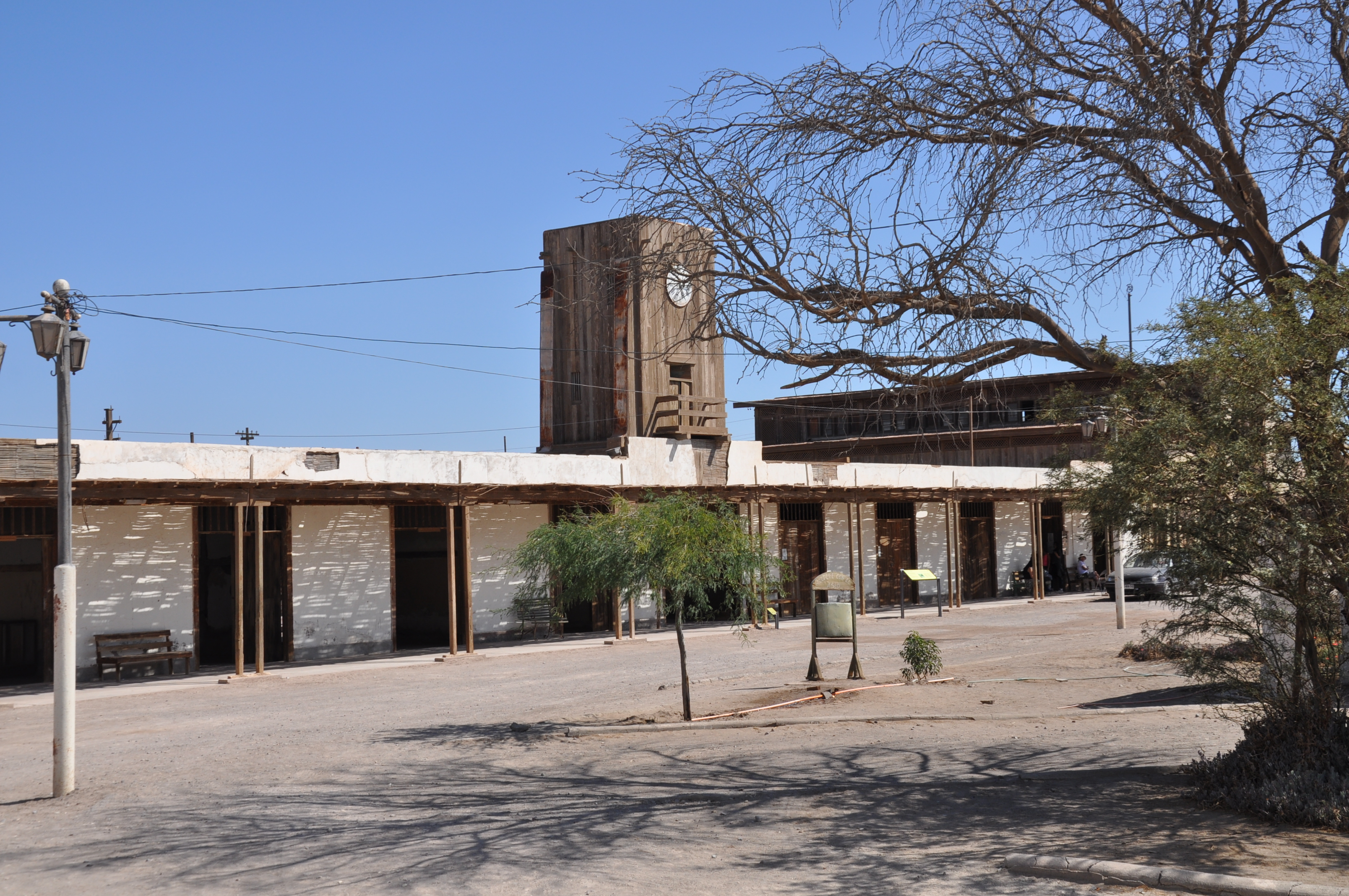
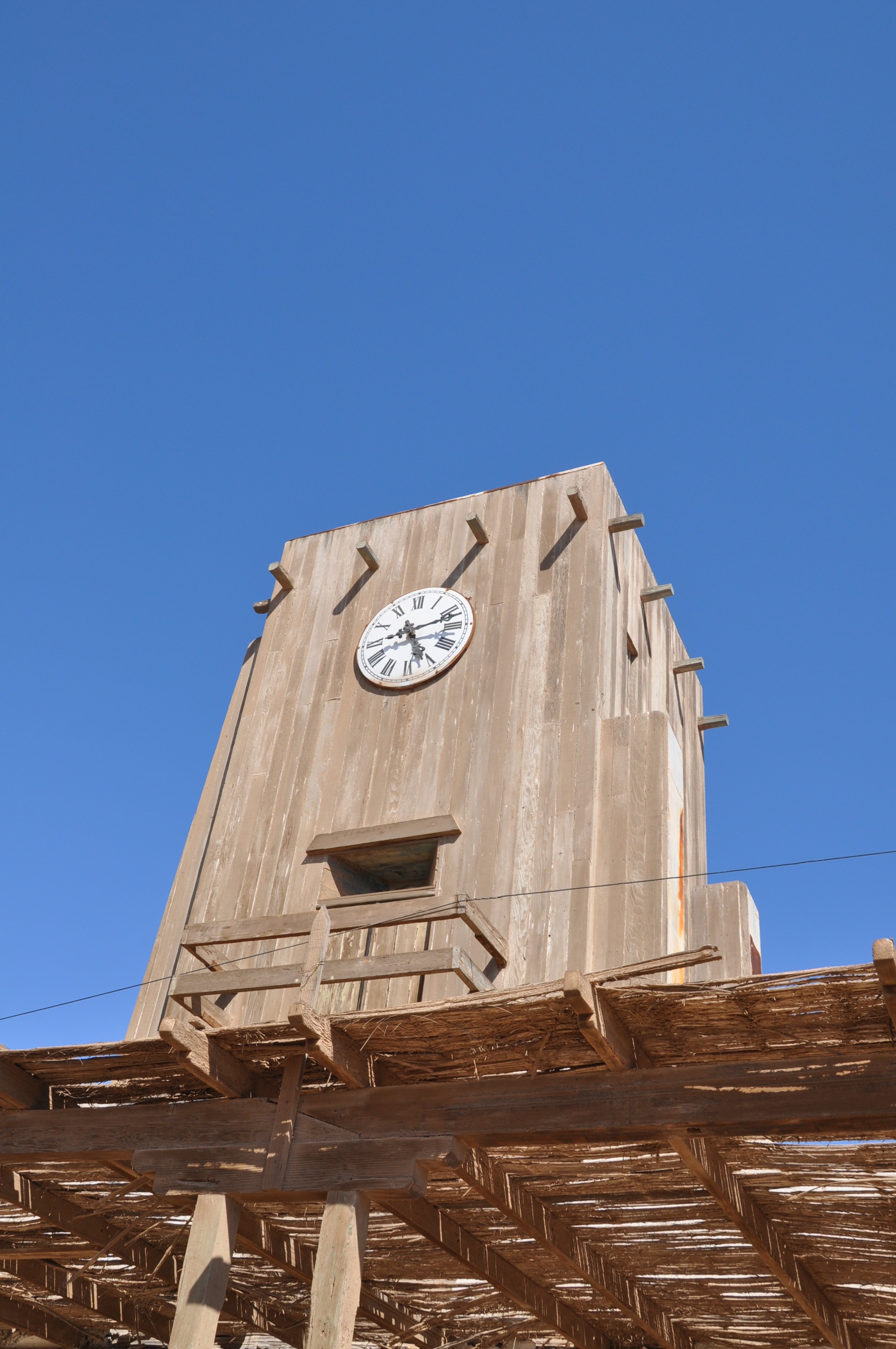
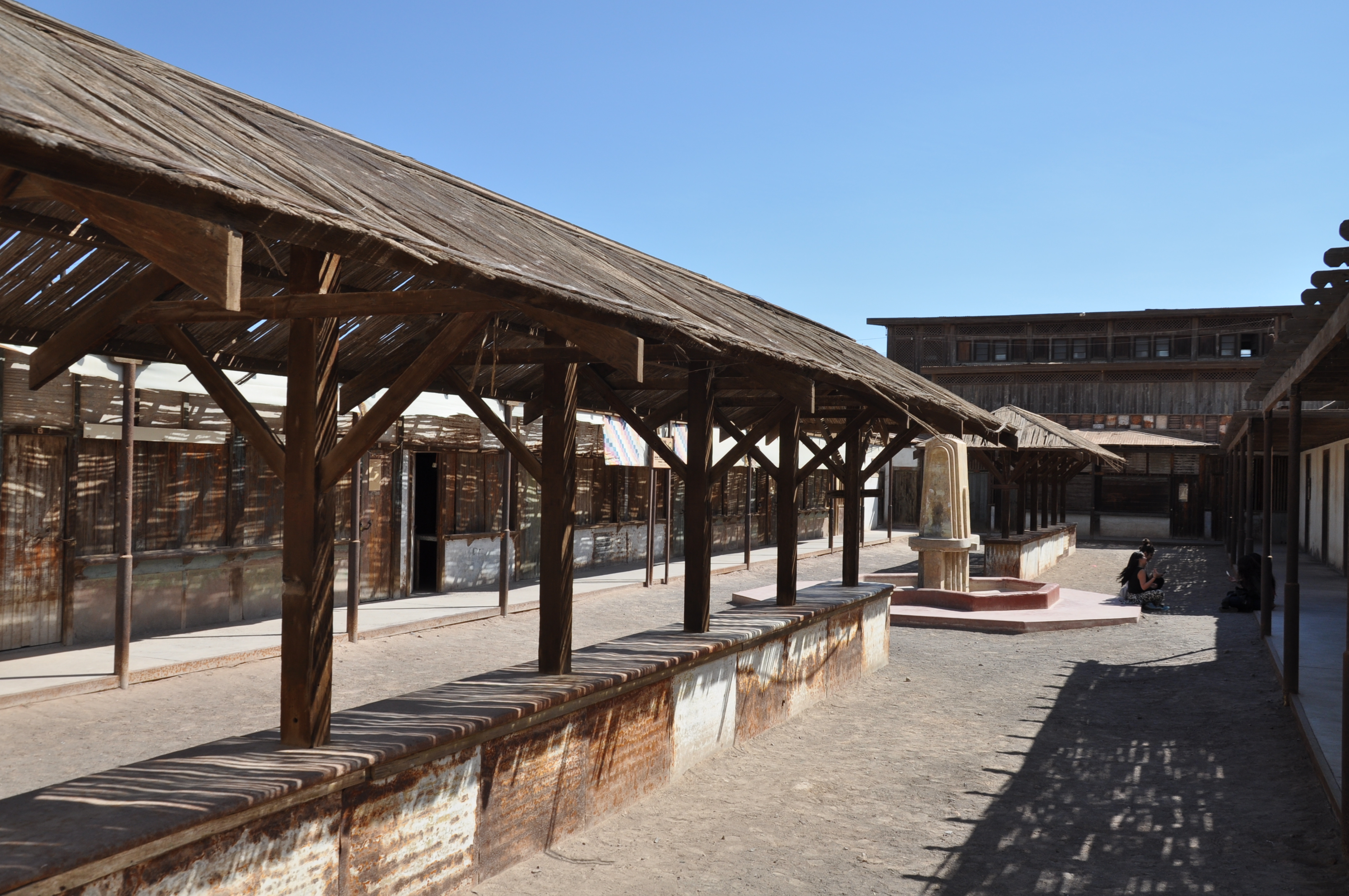
The Swimming Pool
The pool is constructed from bolted iron sheets that were salvaged from a sunken ship.
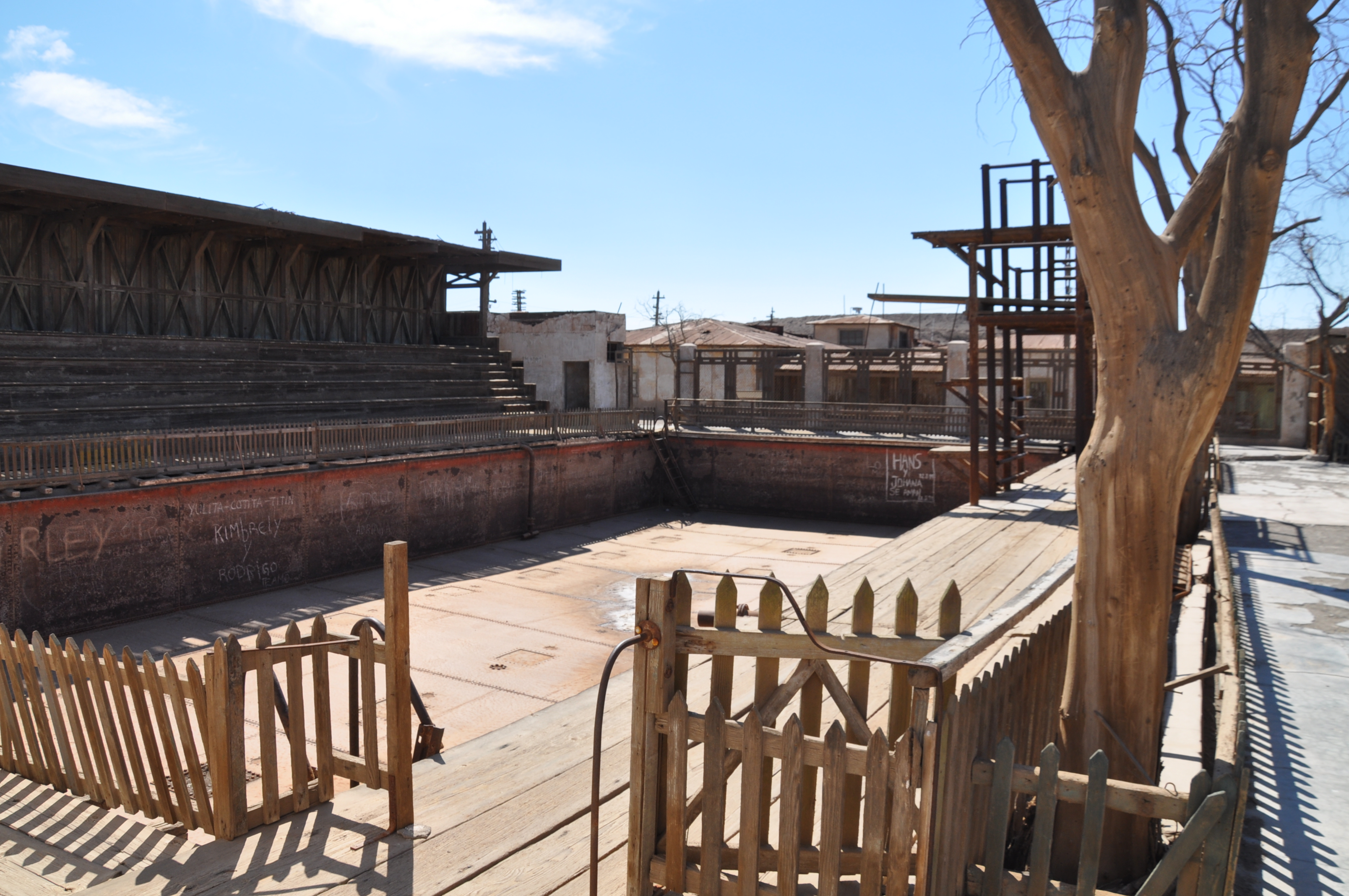
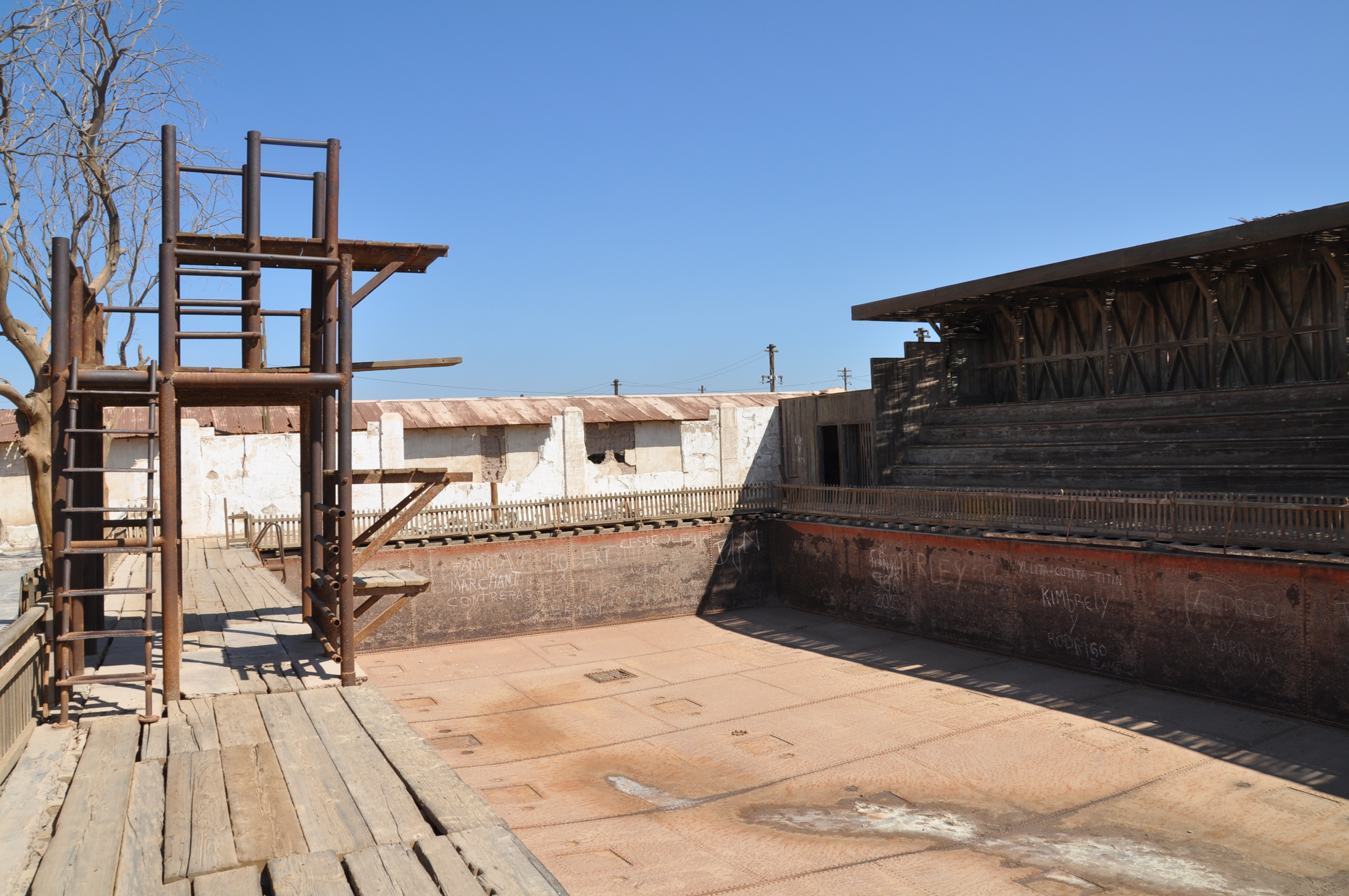
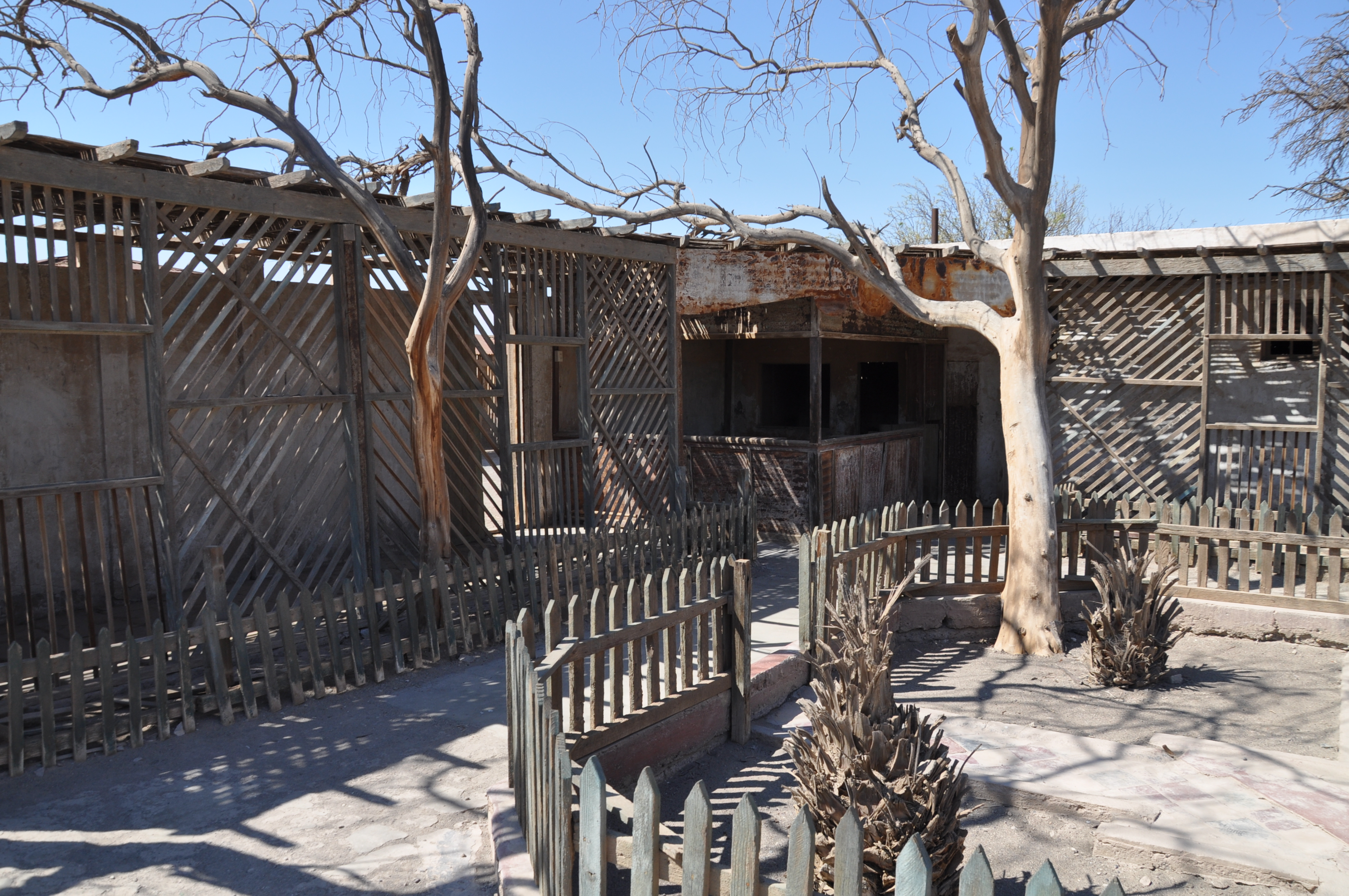
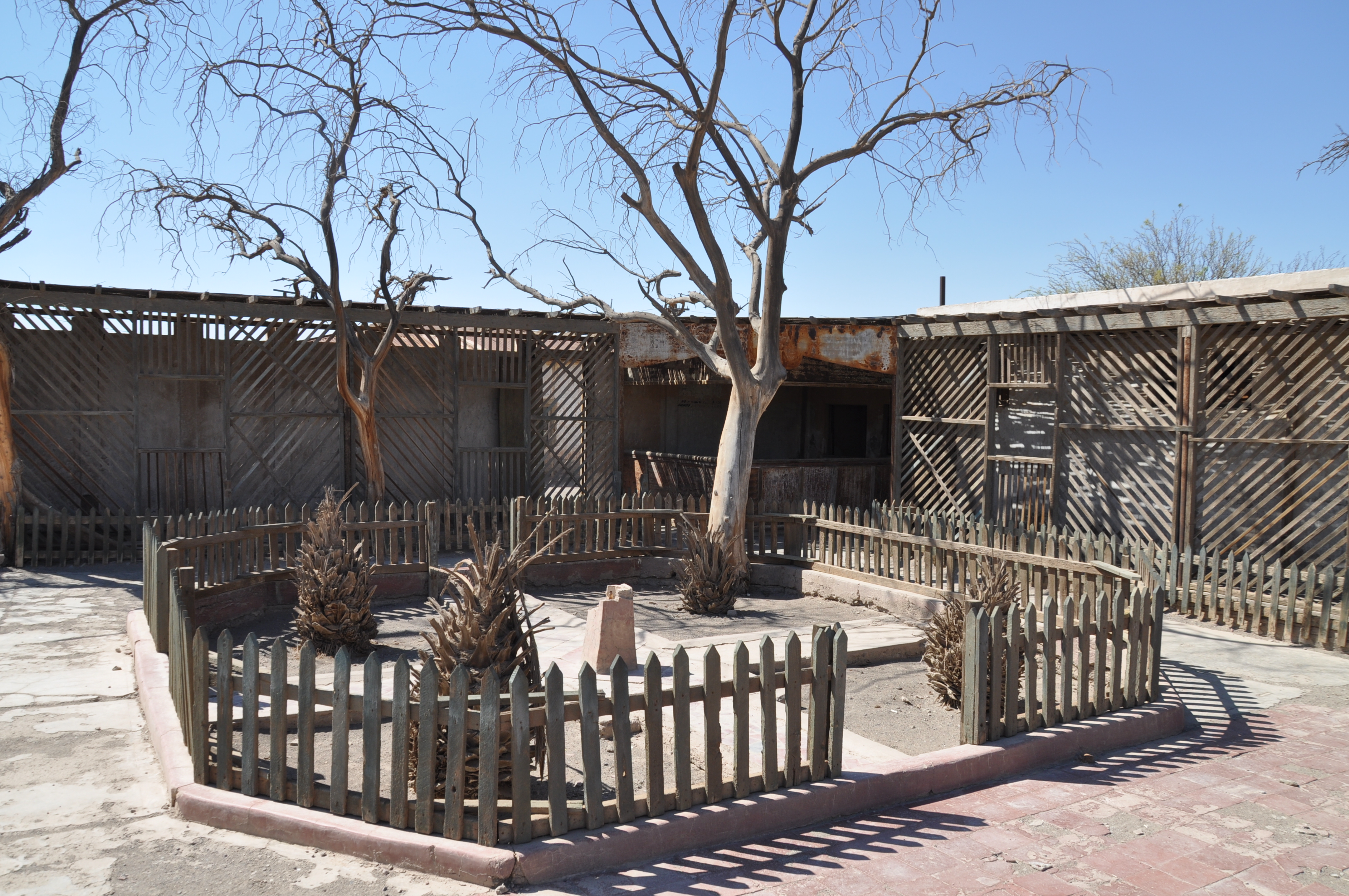
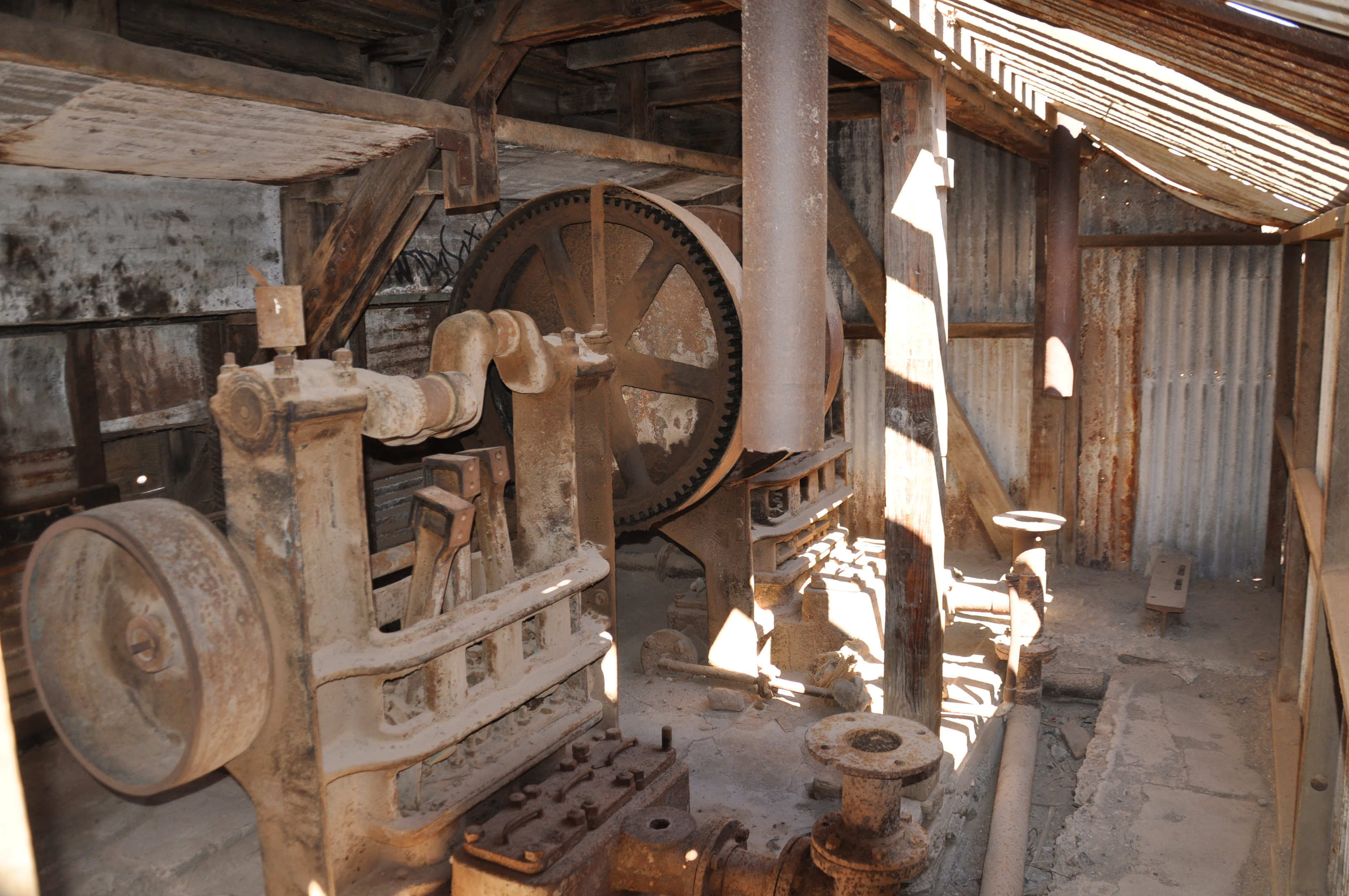
The School
In the 1920’s, the attendance of school became compulsory in Chile. The works had to provide schools. In 1942, the school of Humberstone employed 8 teachers and a headmaster to provide education to around 460 boys and girls.
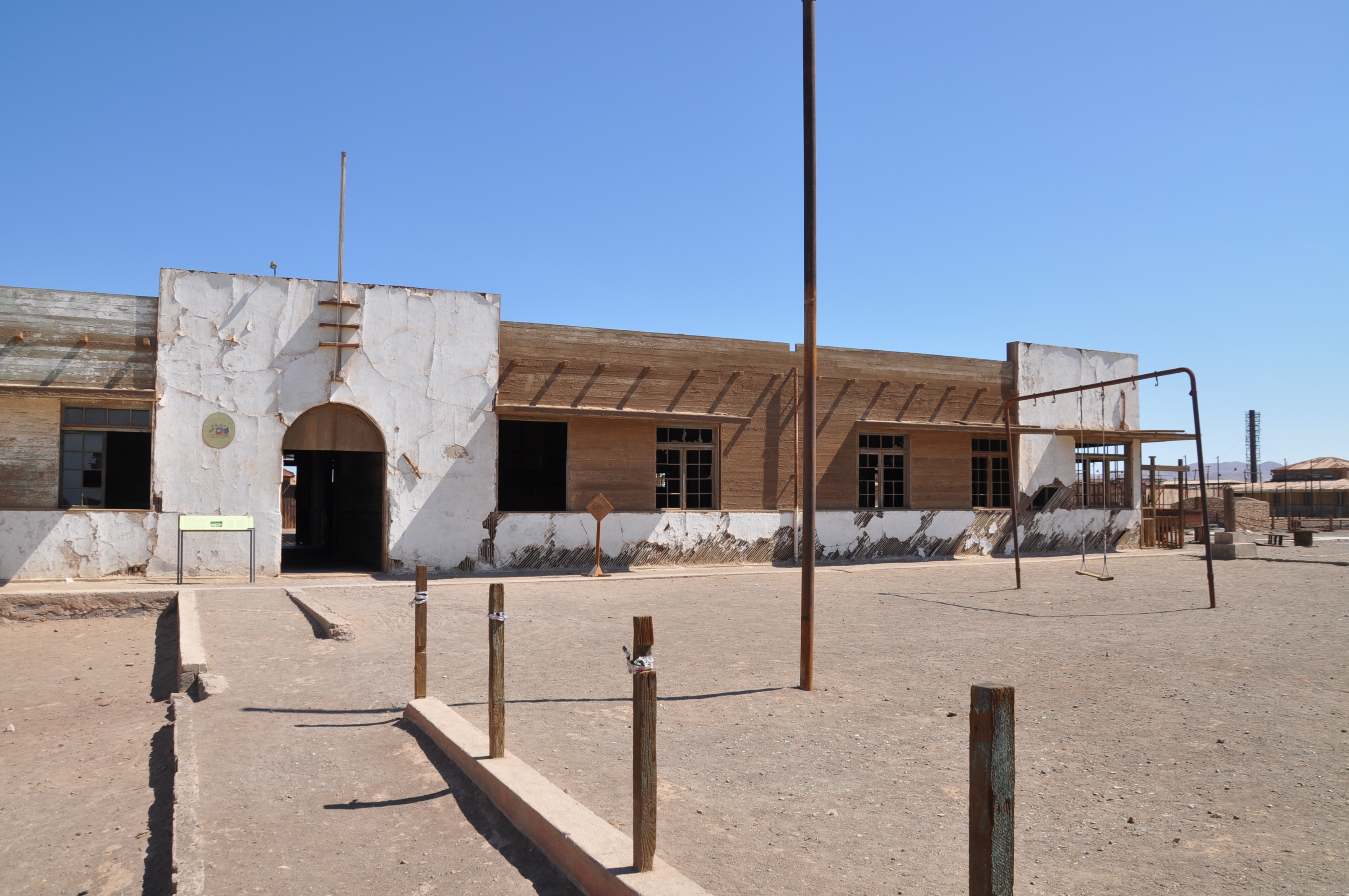
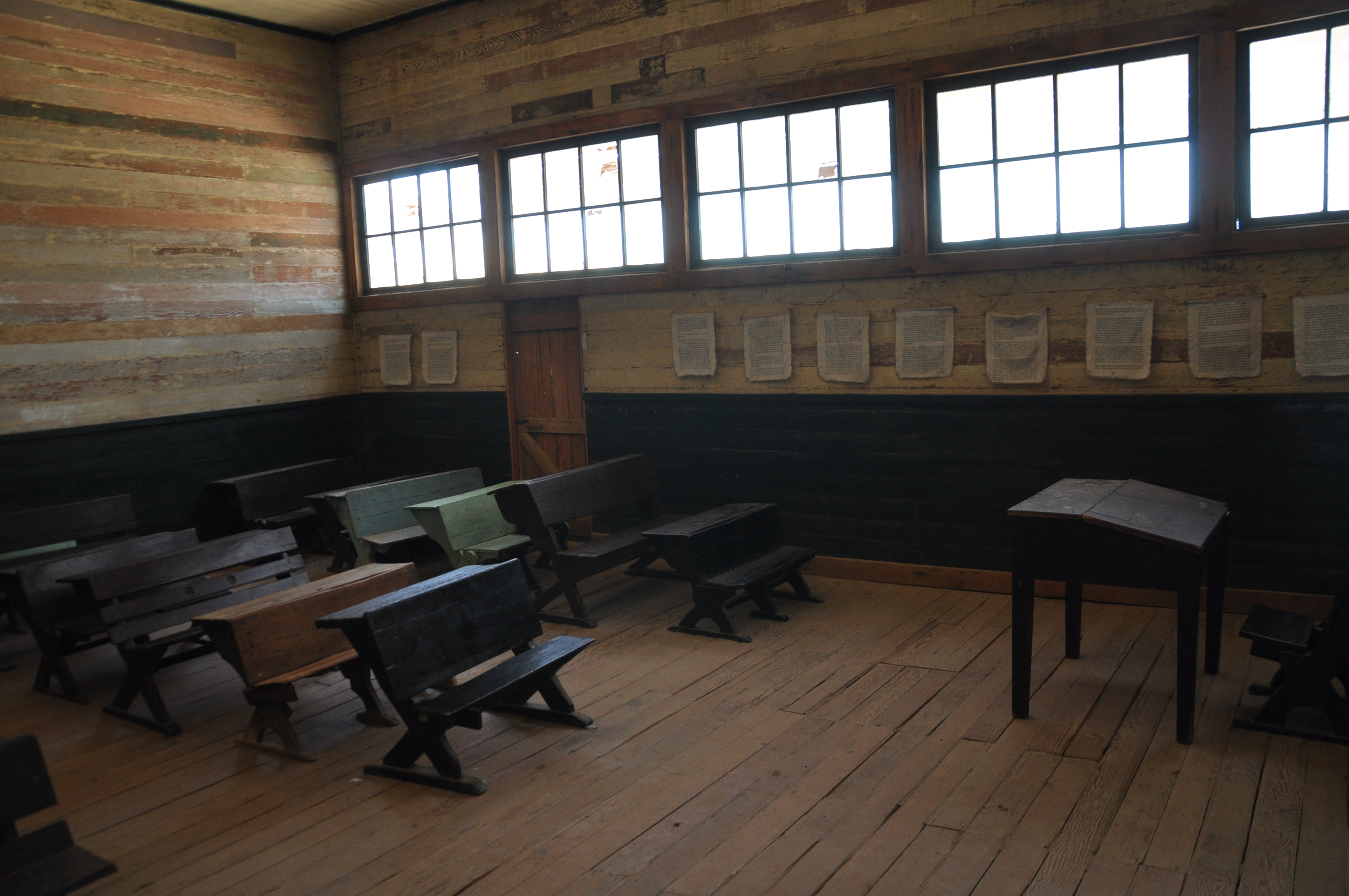
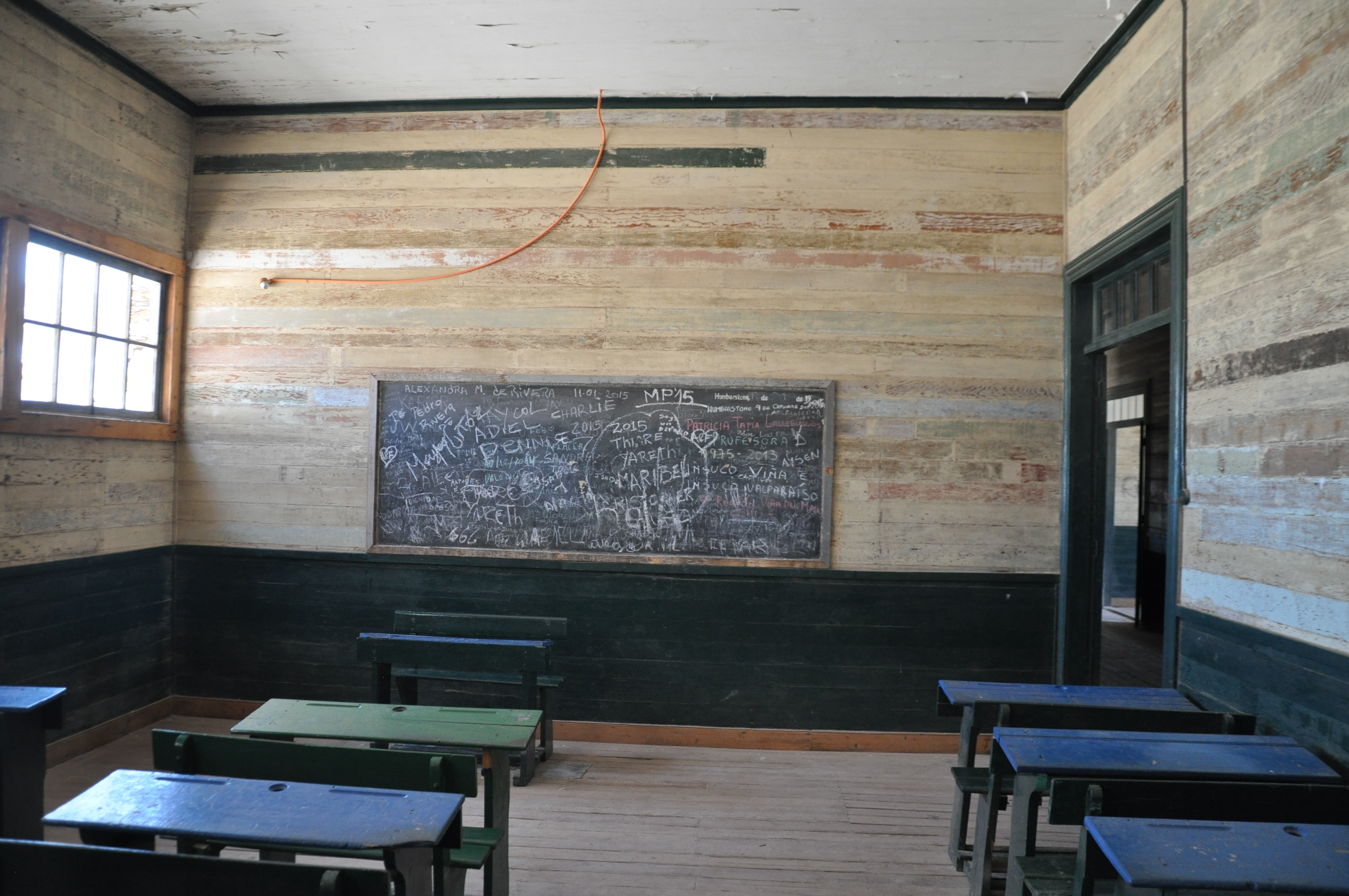
The Guest House
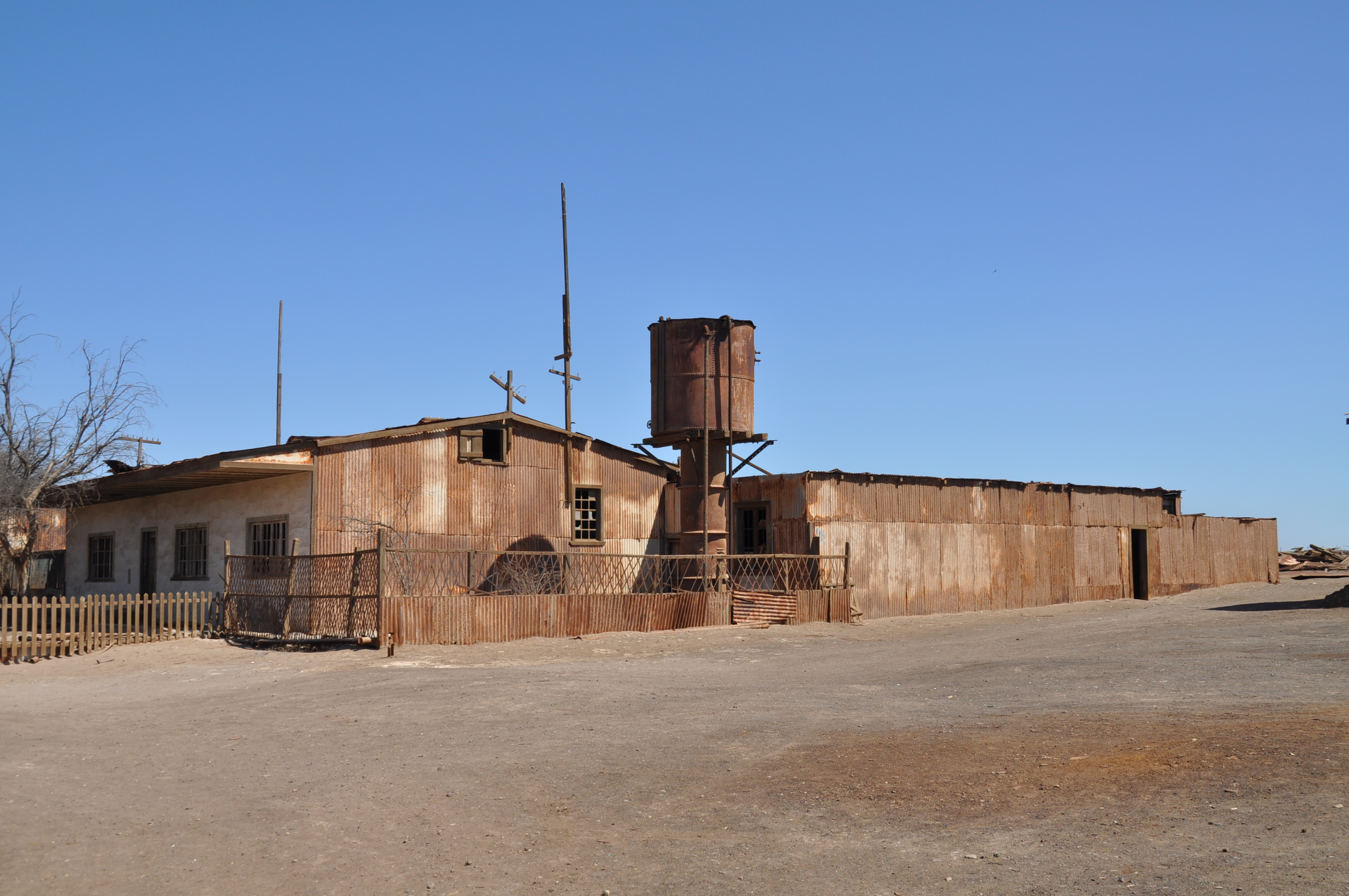
The Administration Building and the Adjourning Plaza
